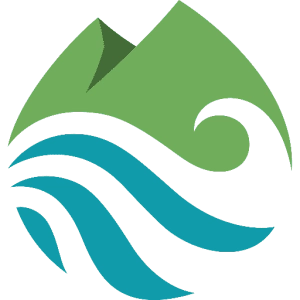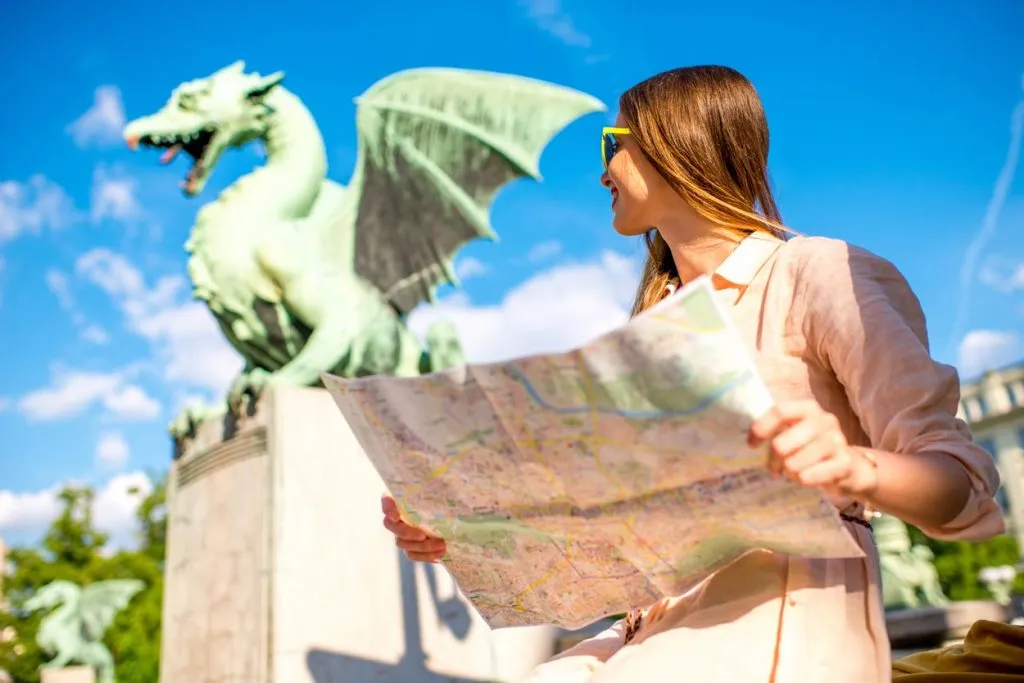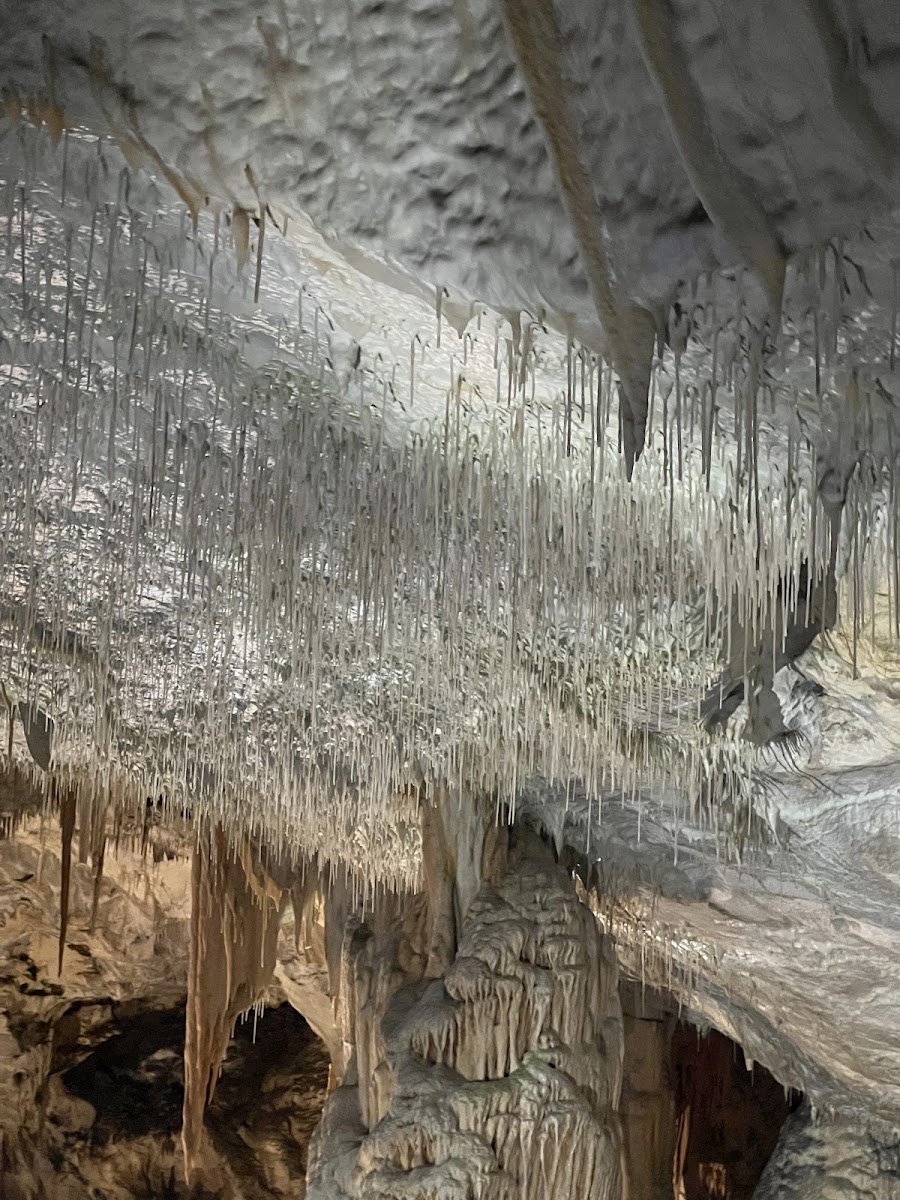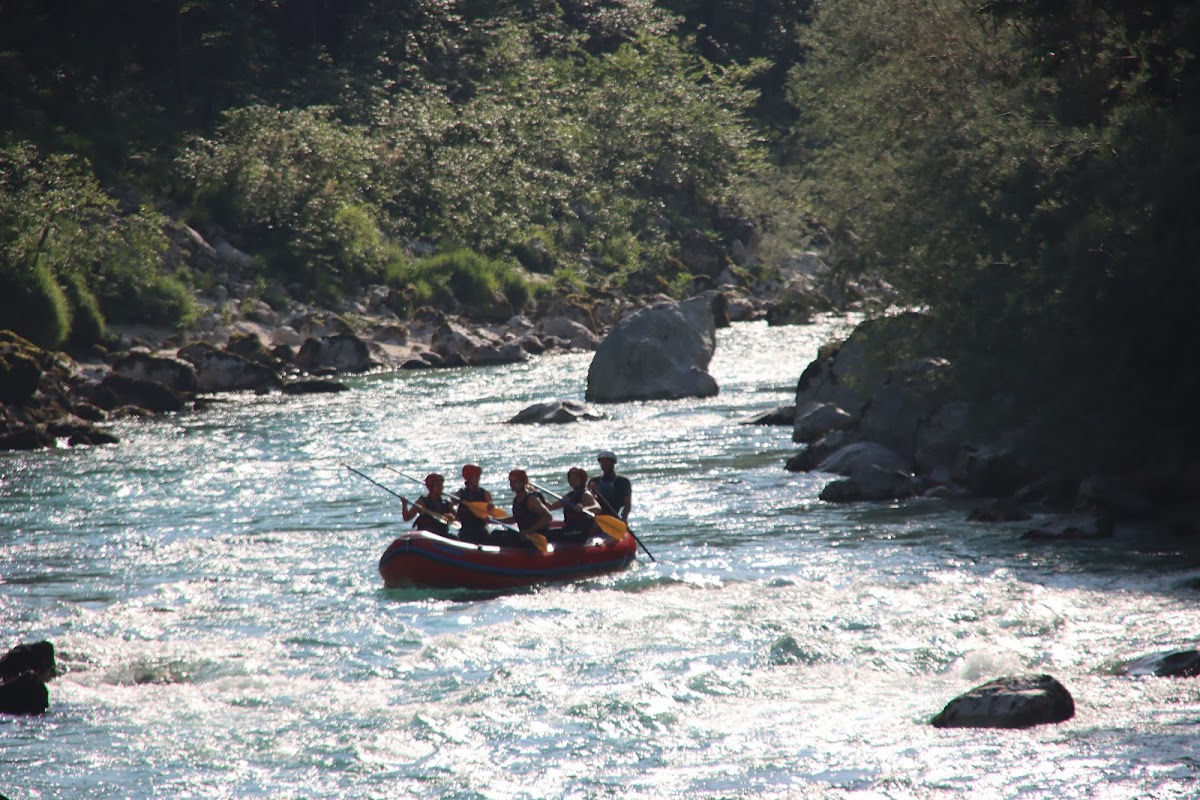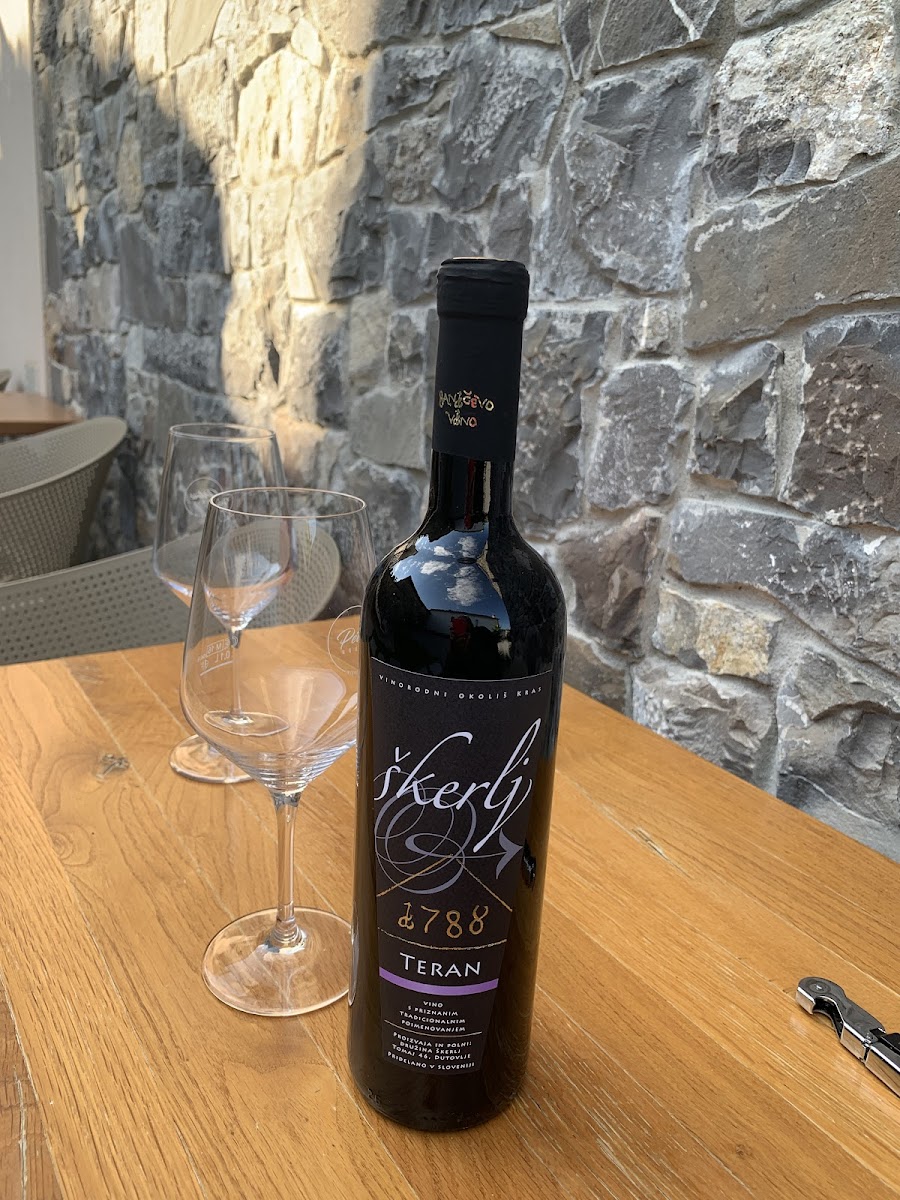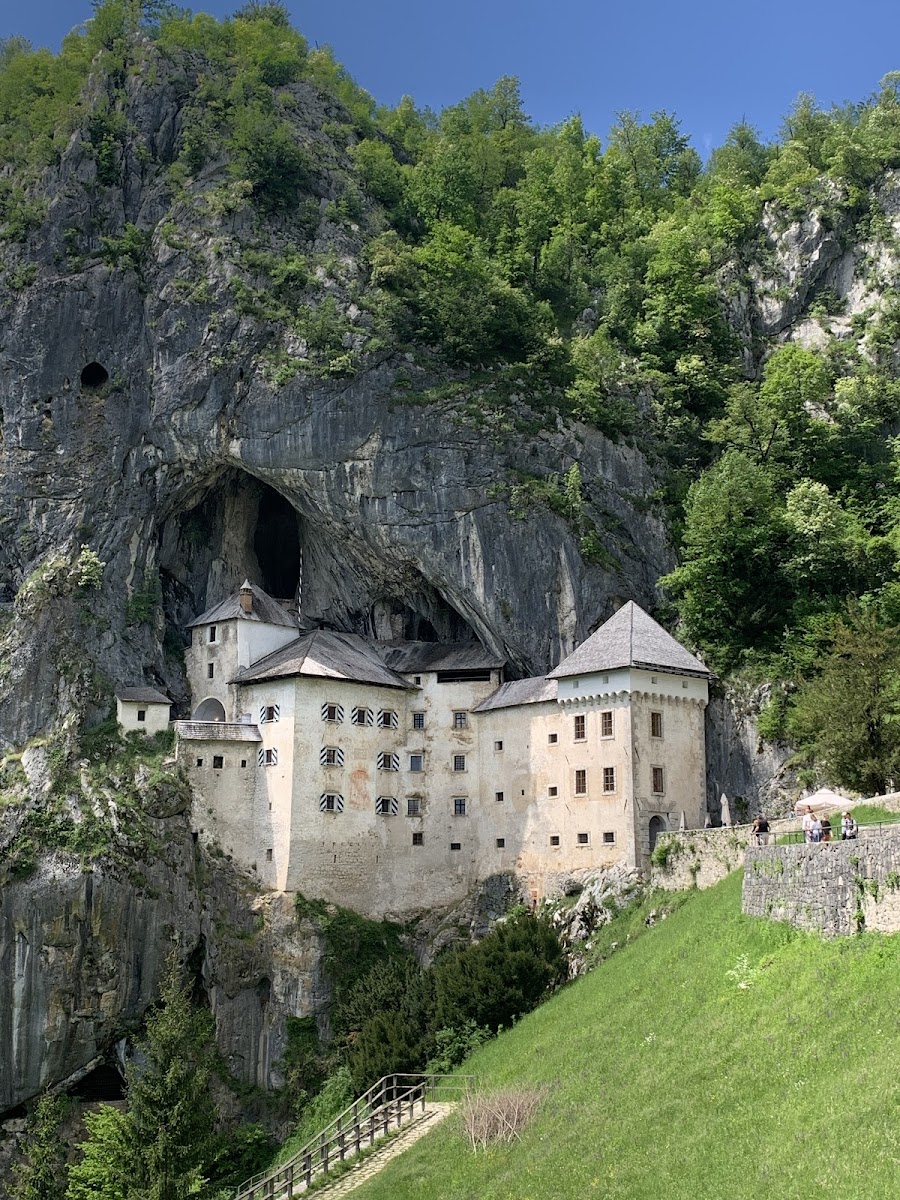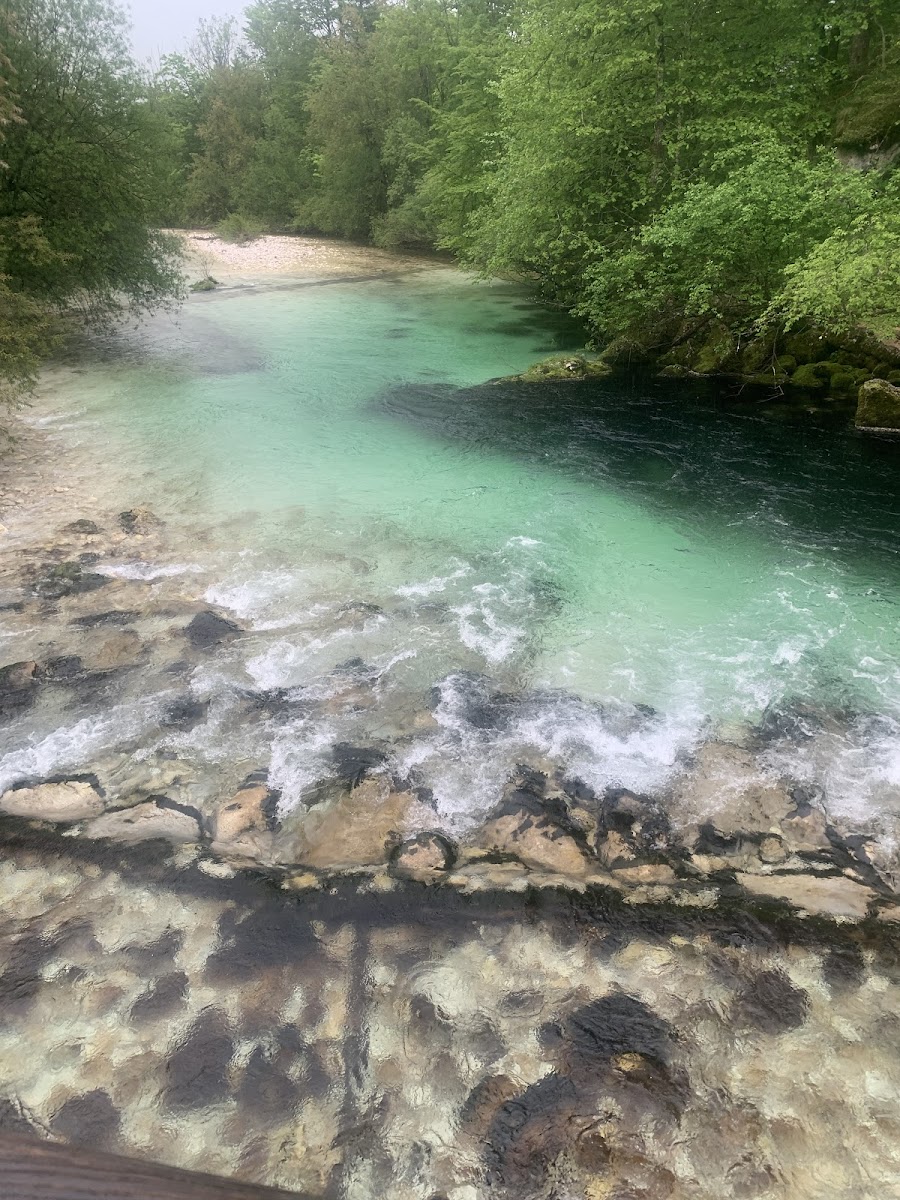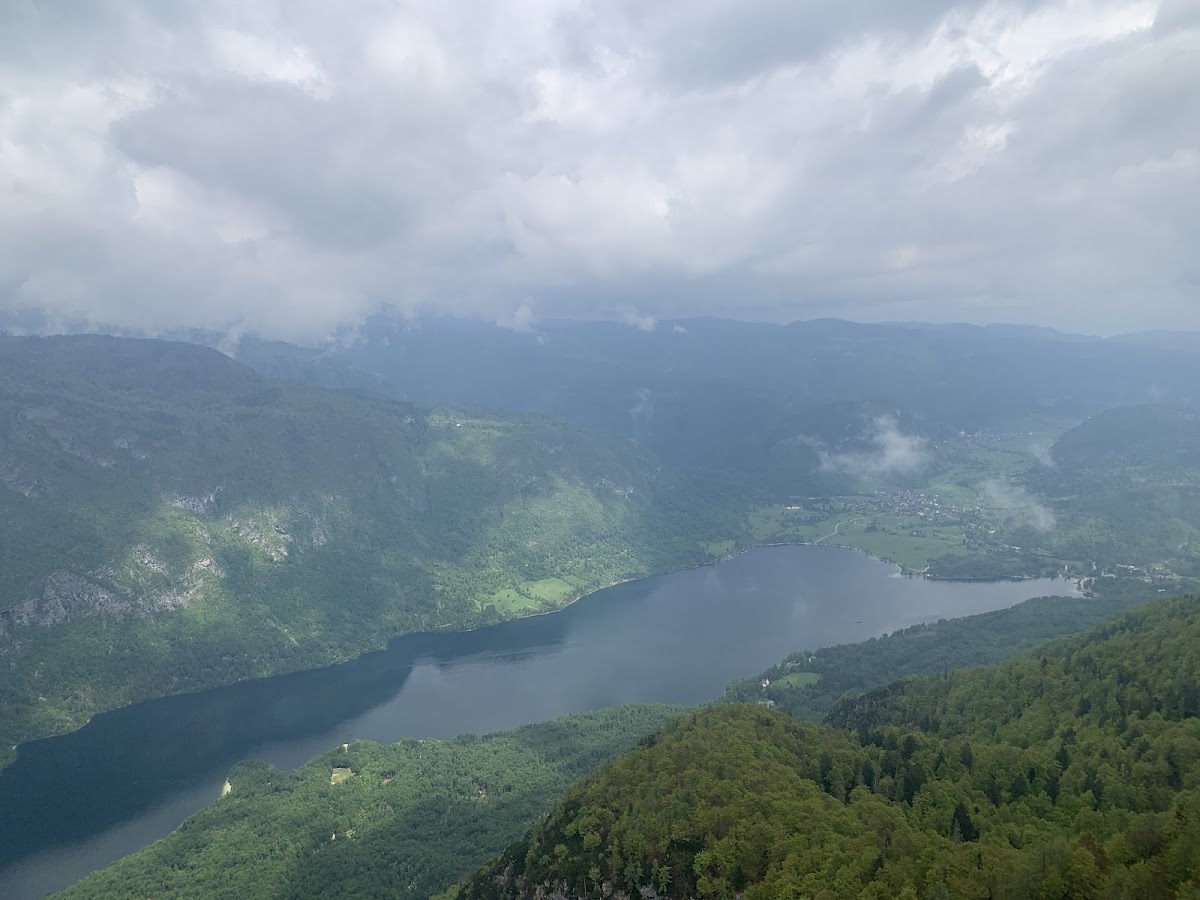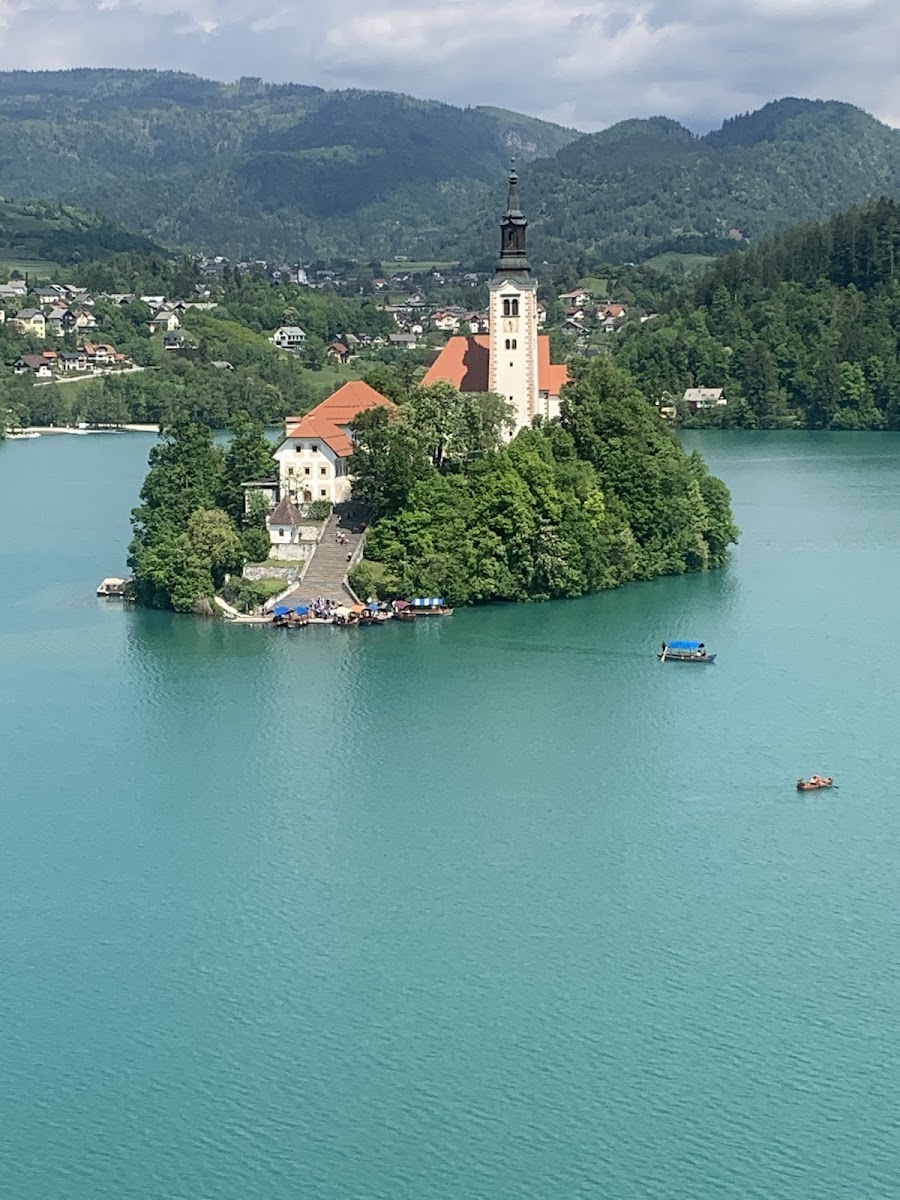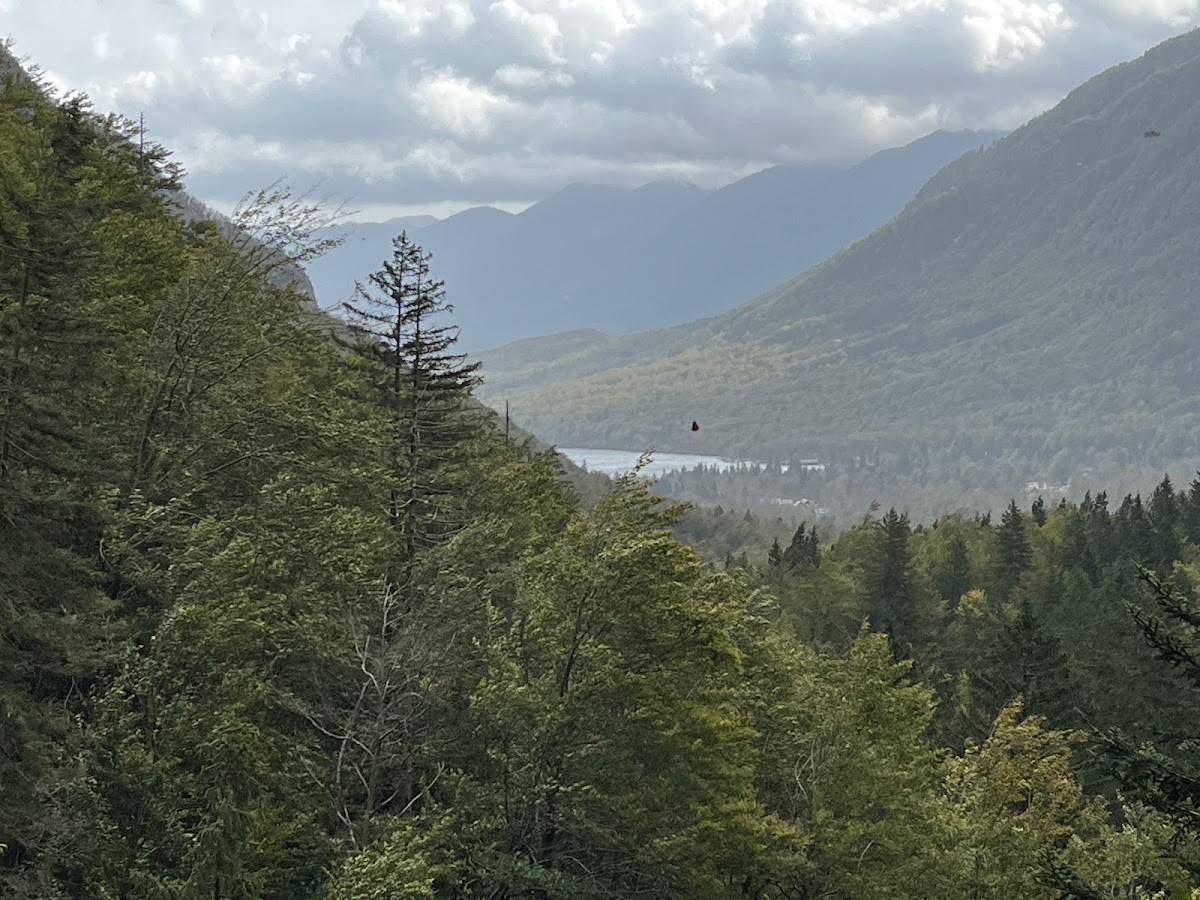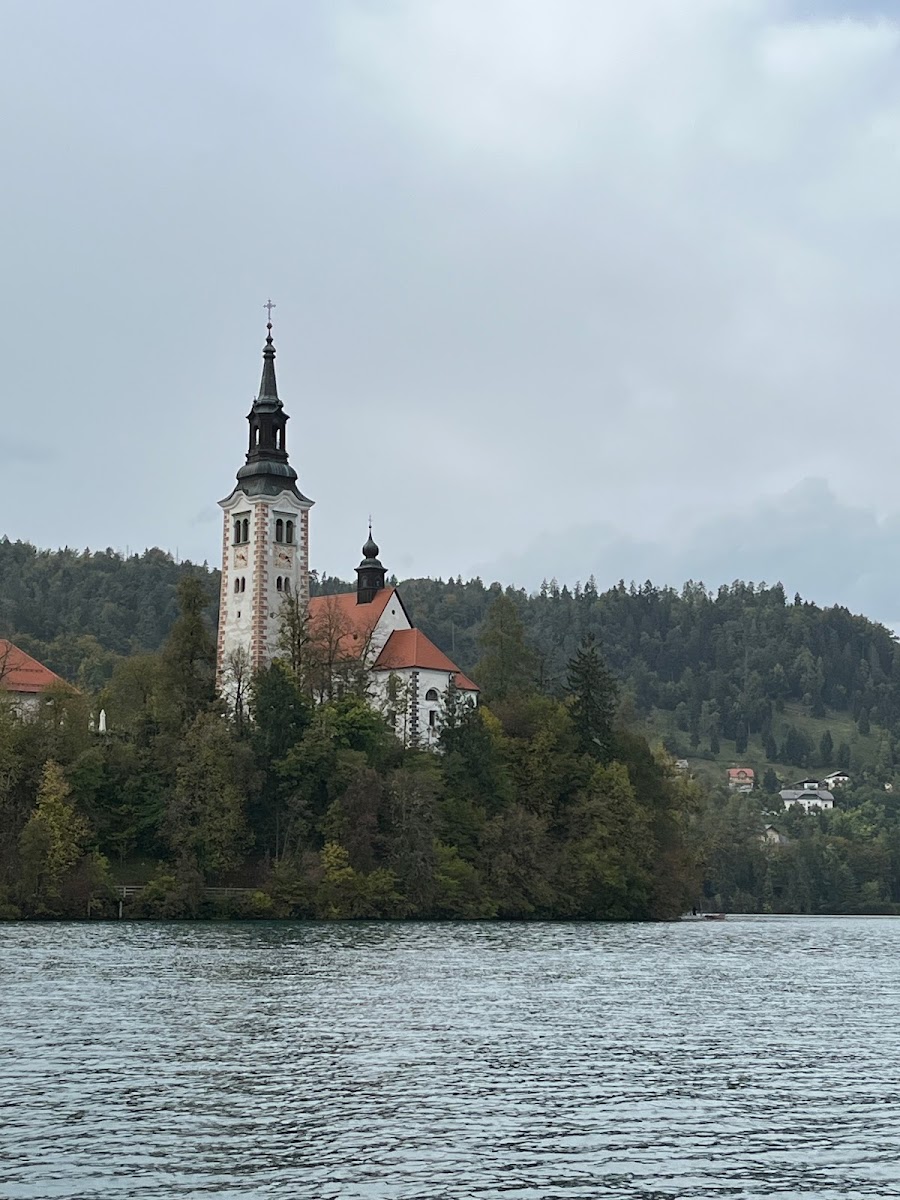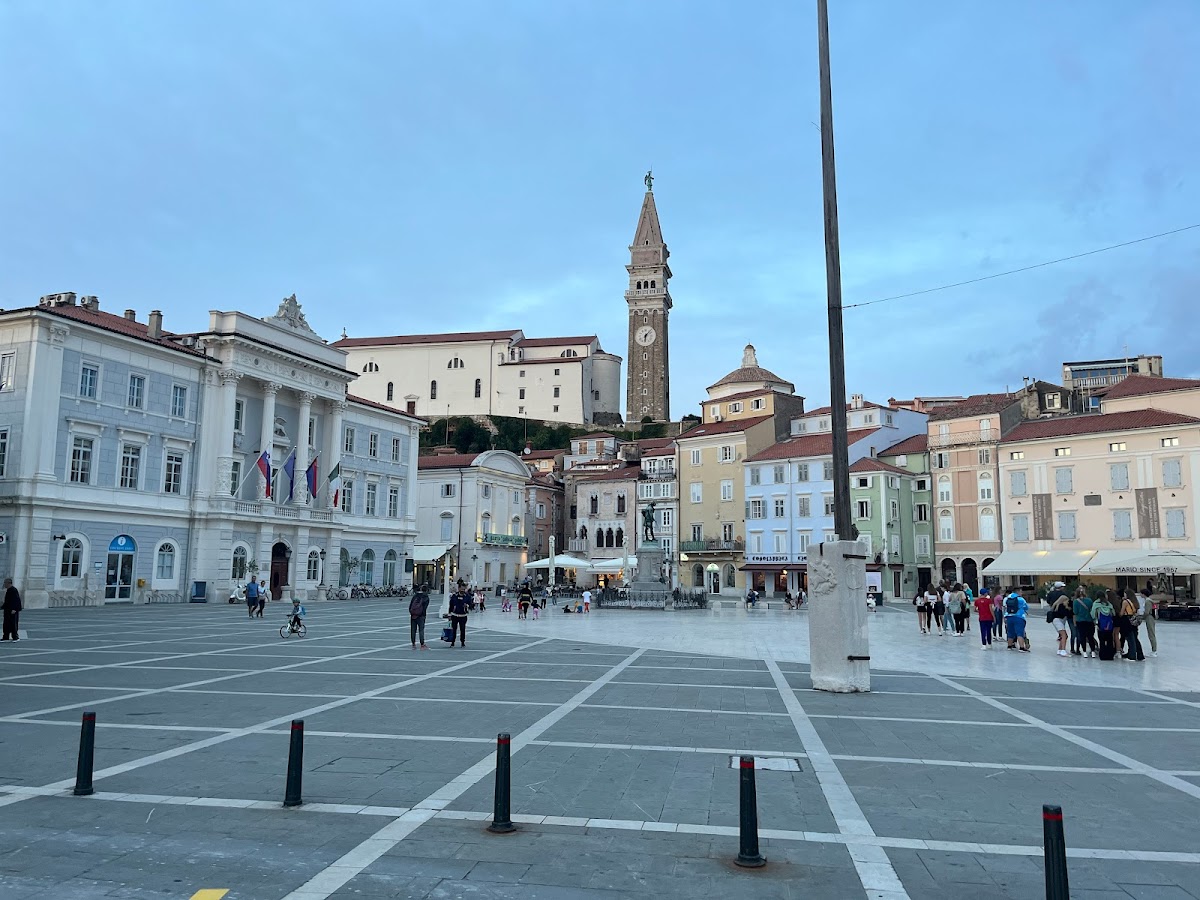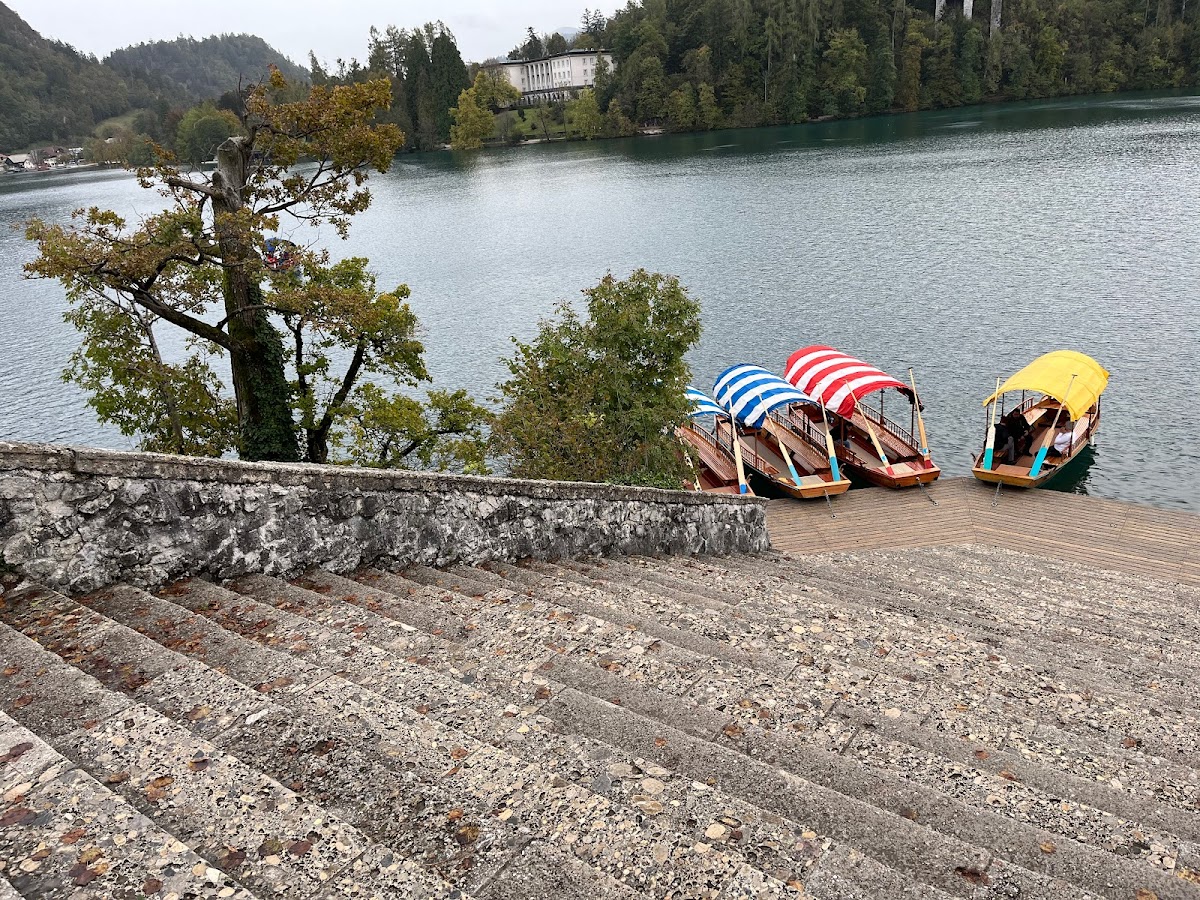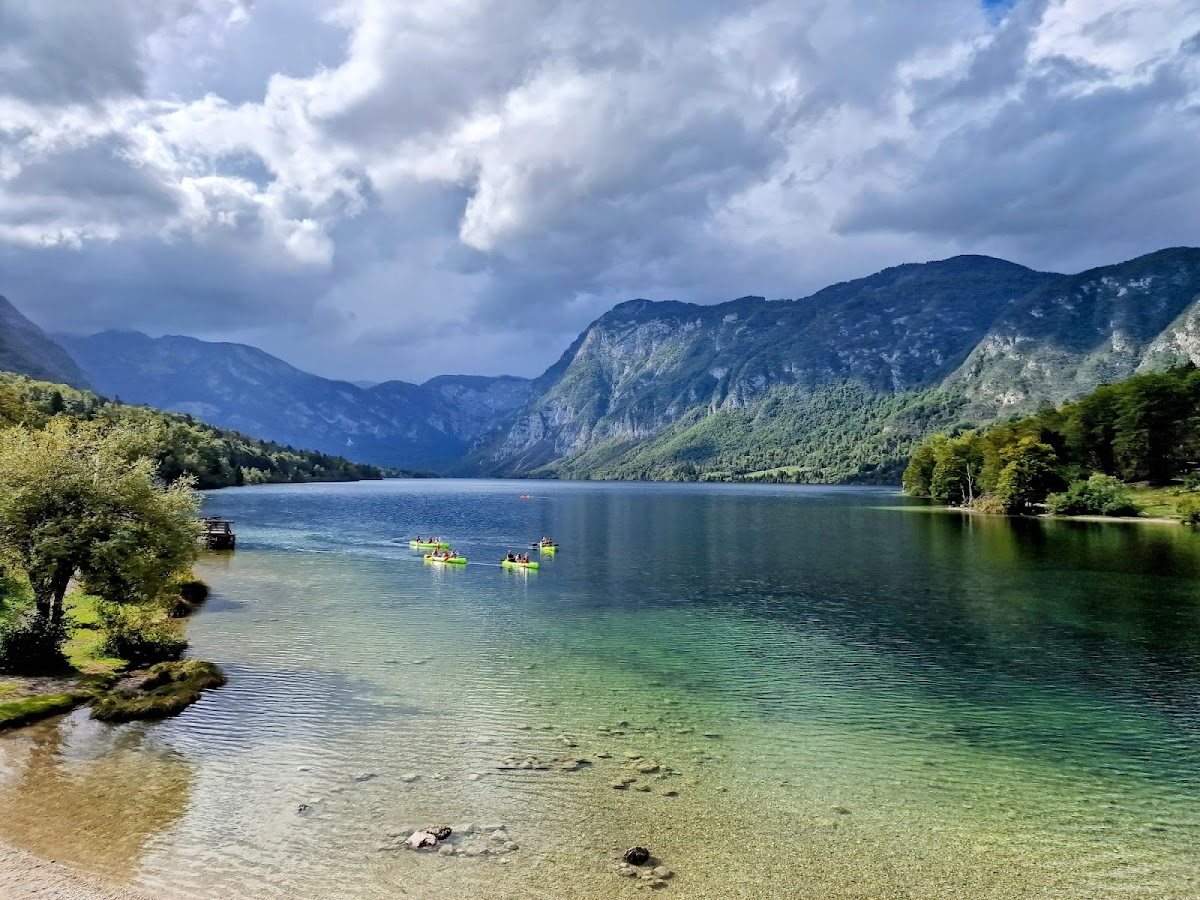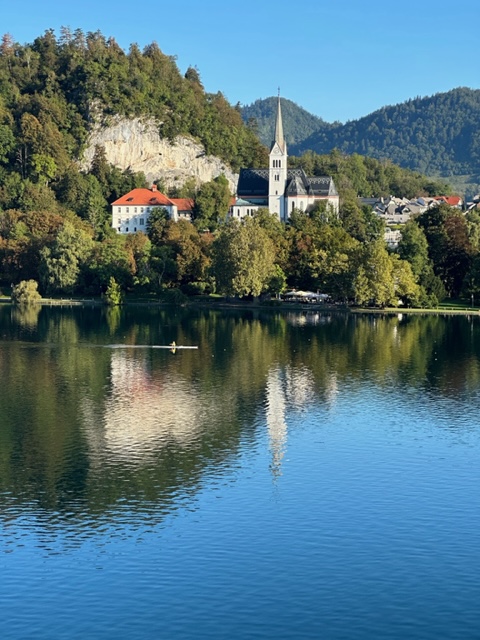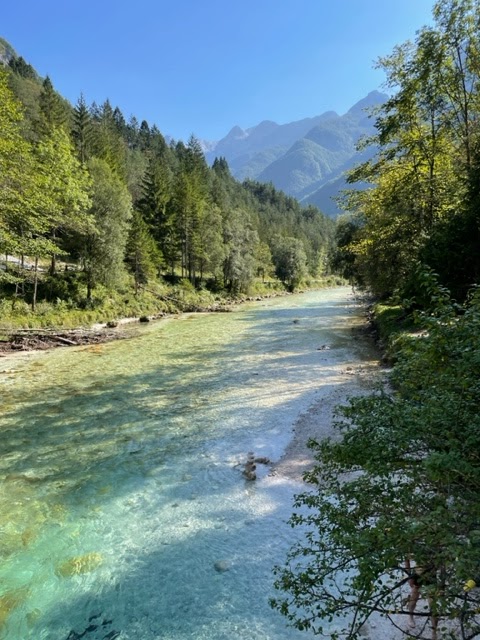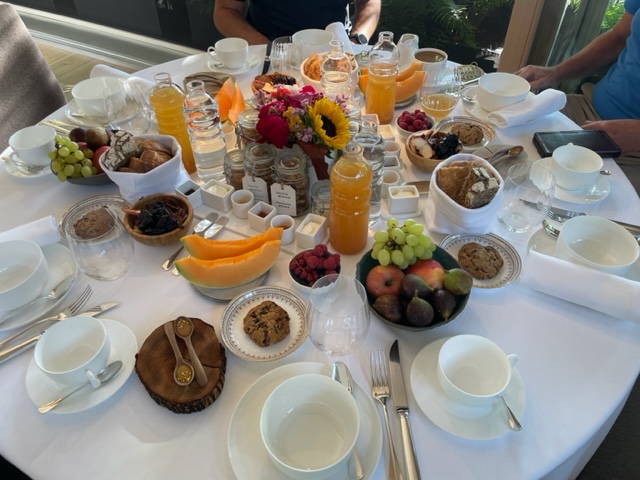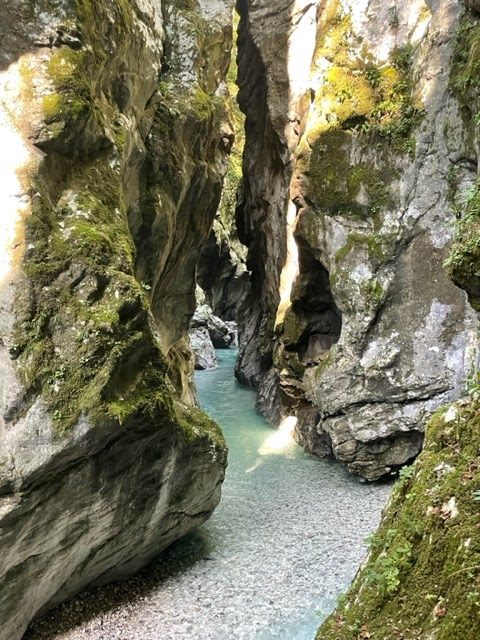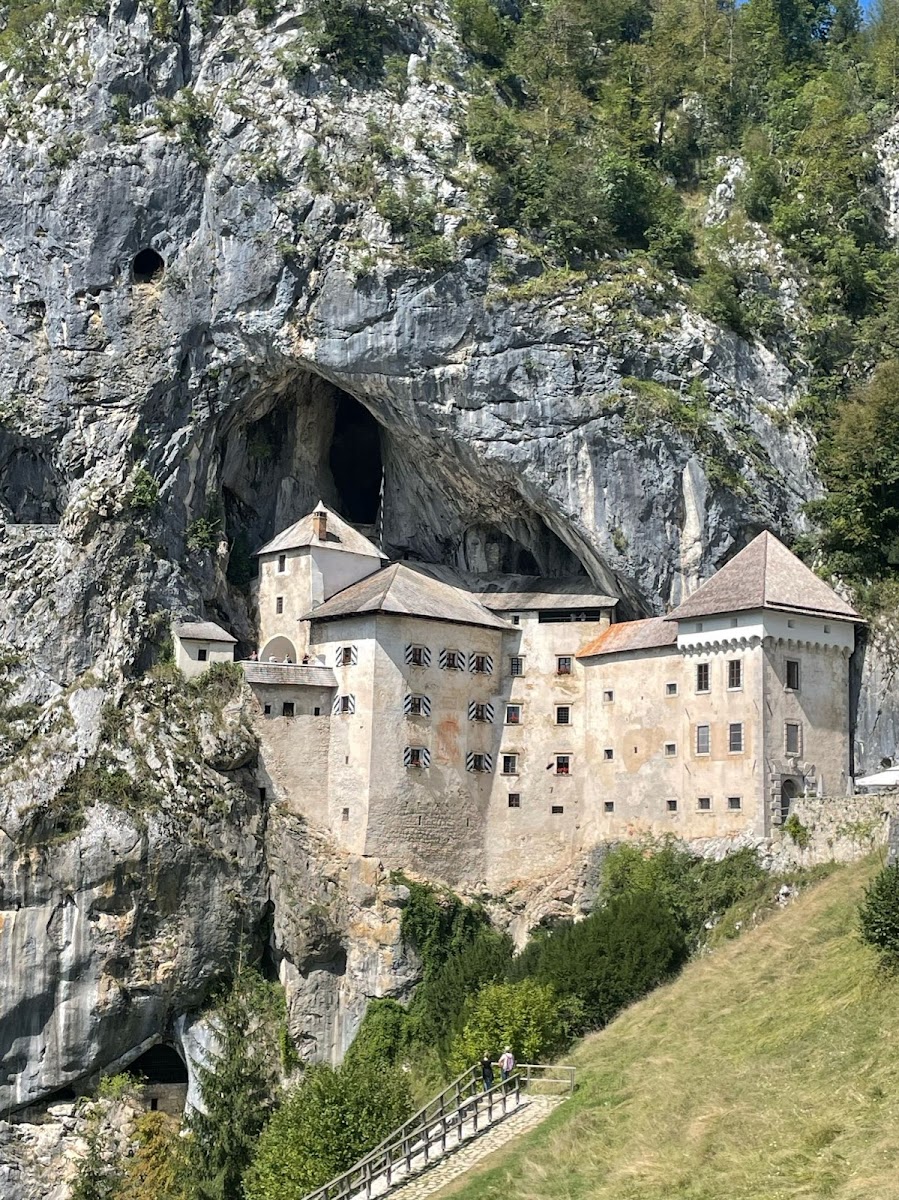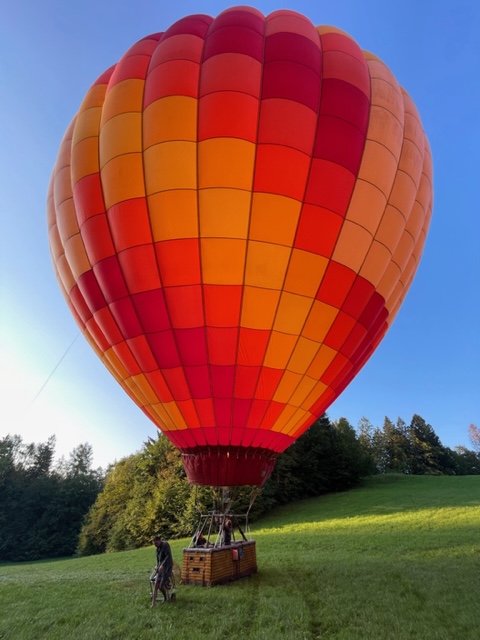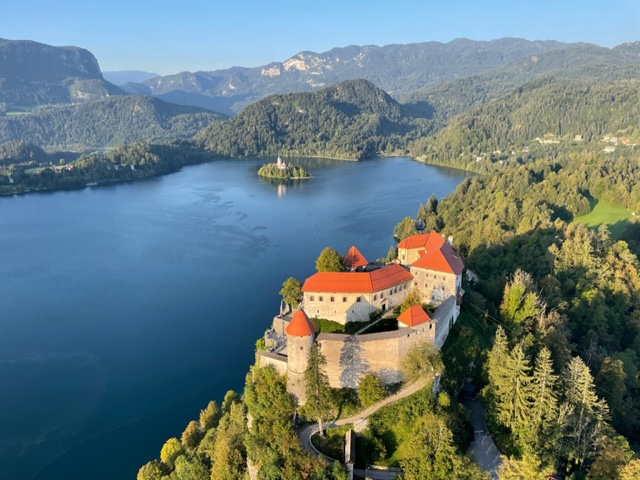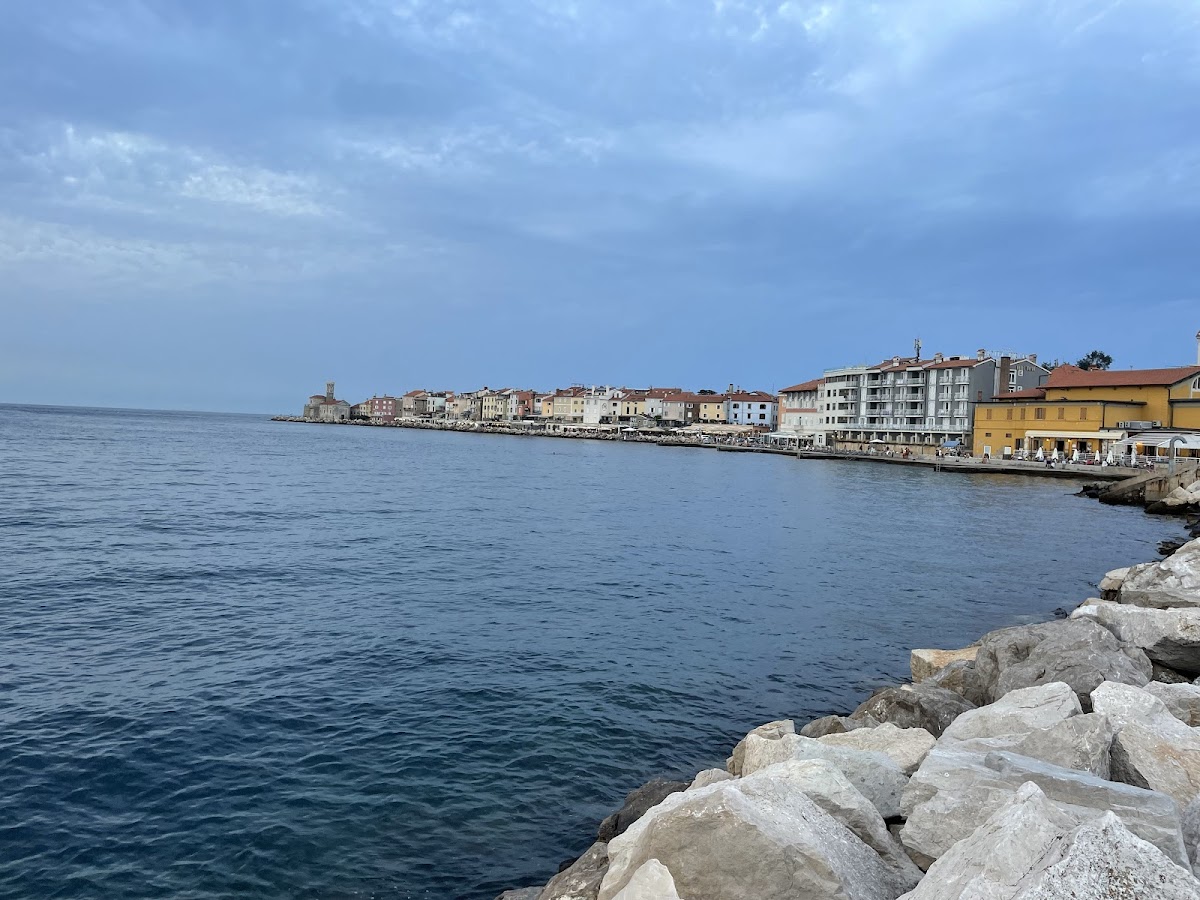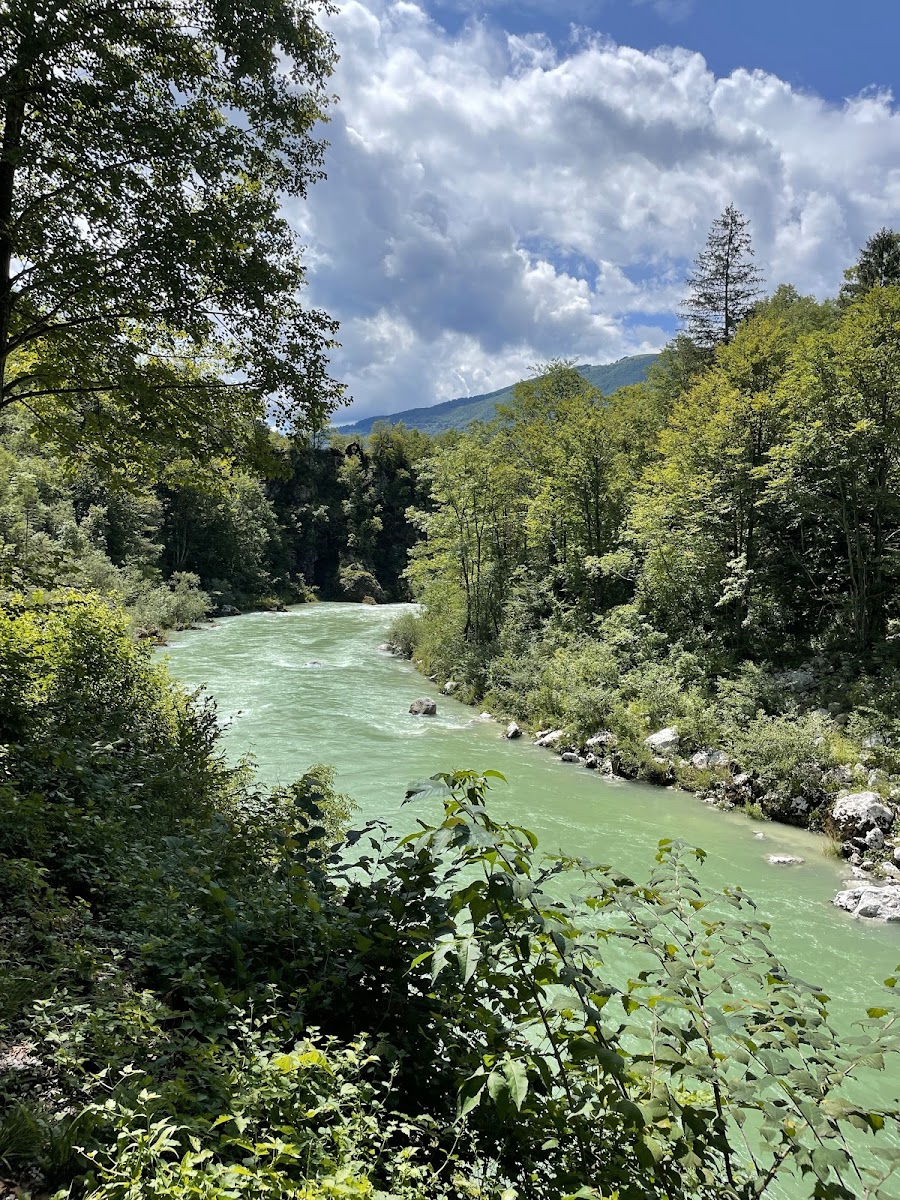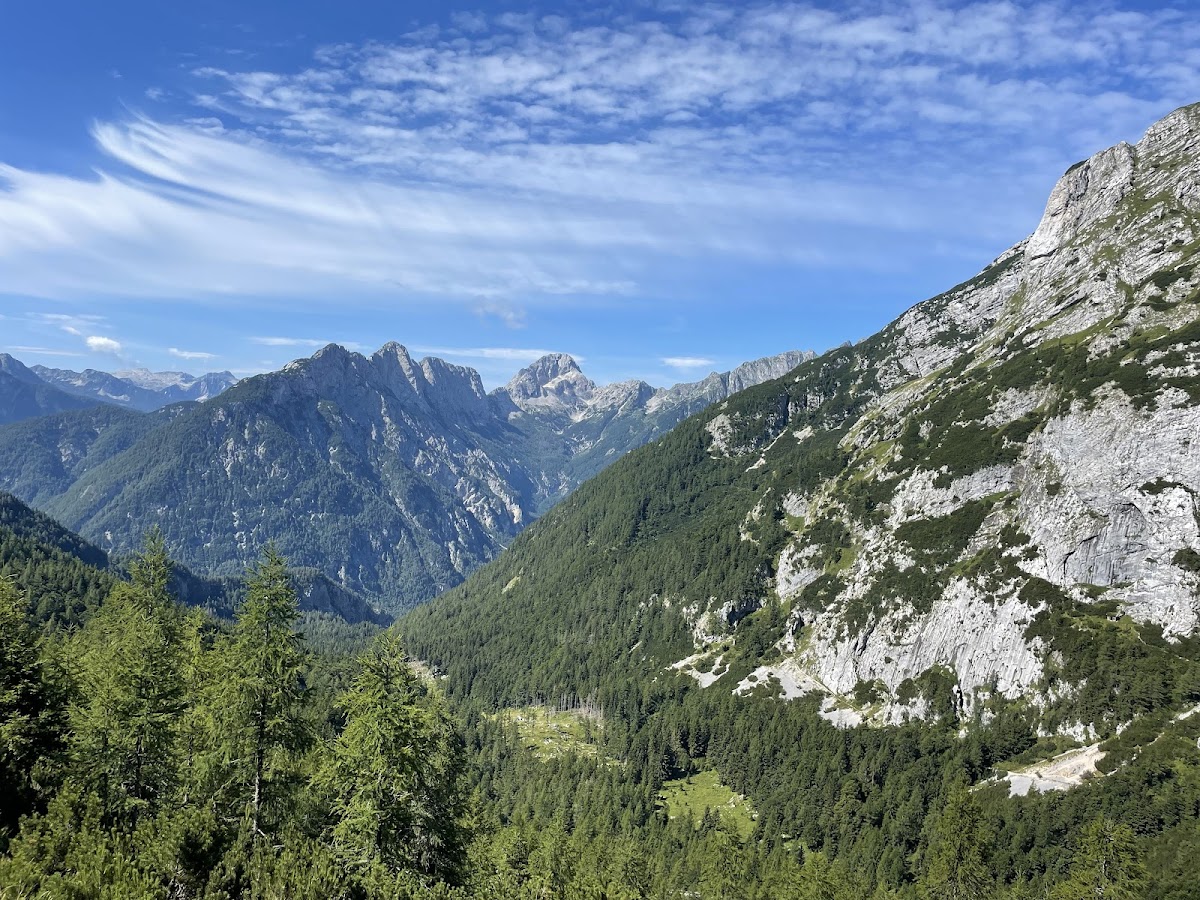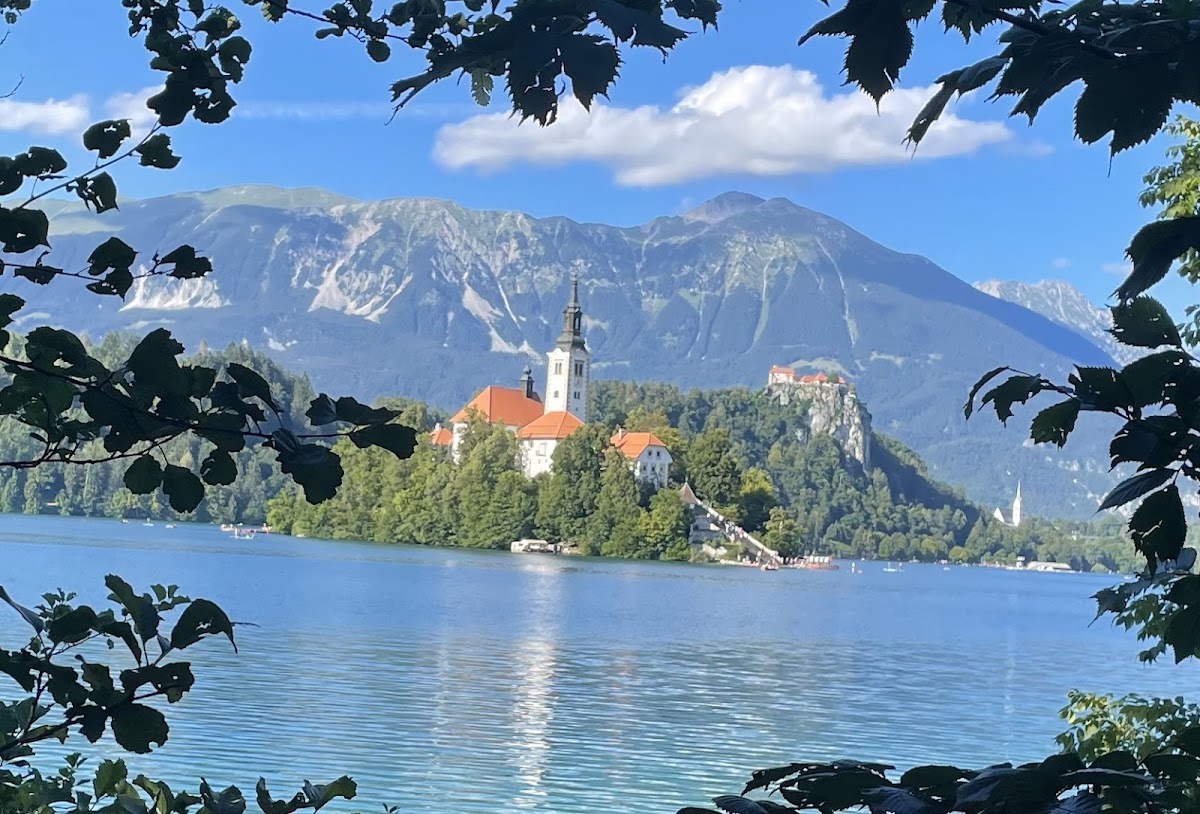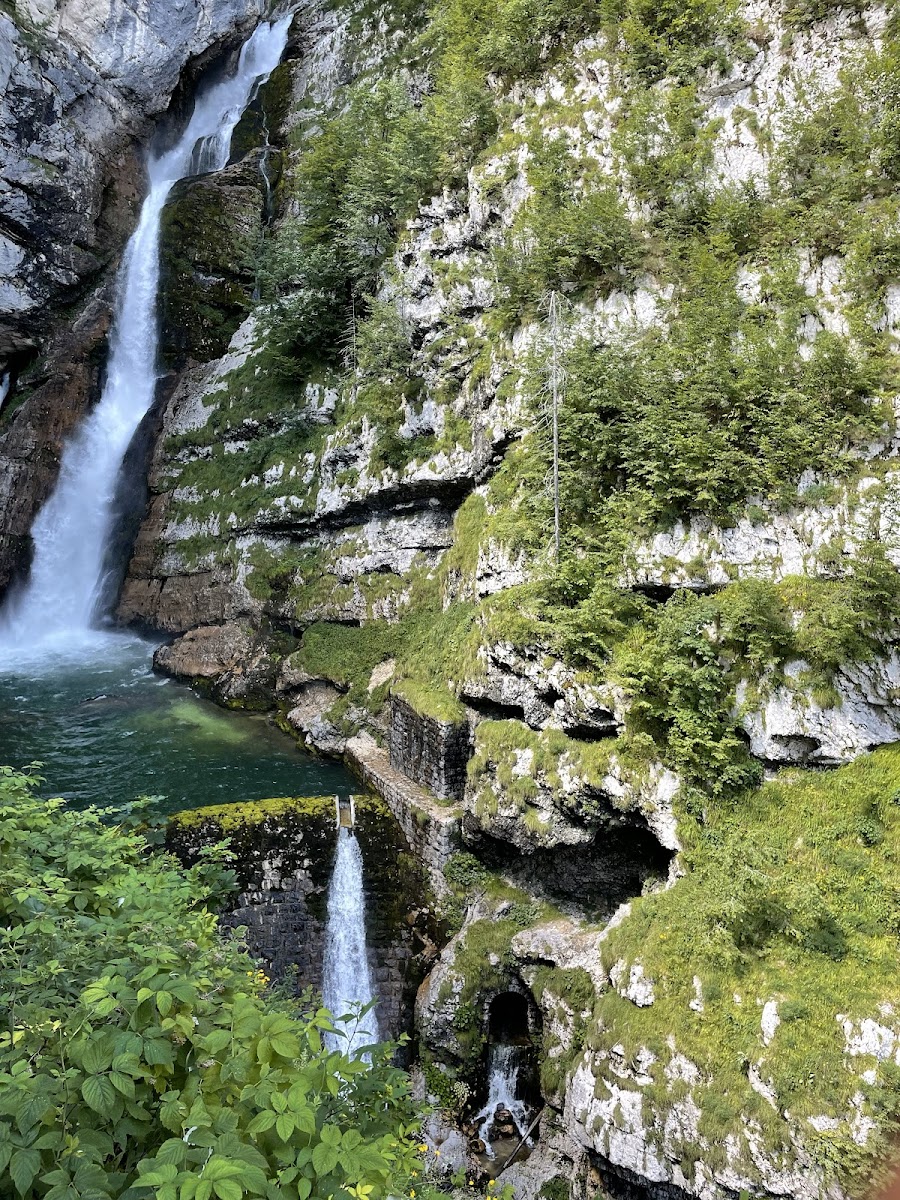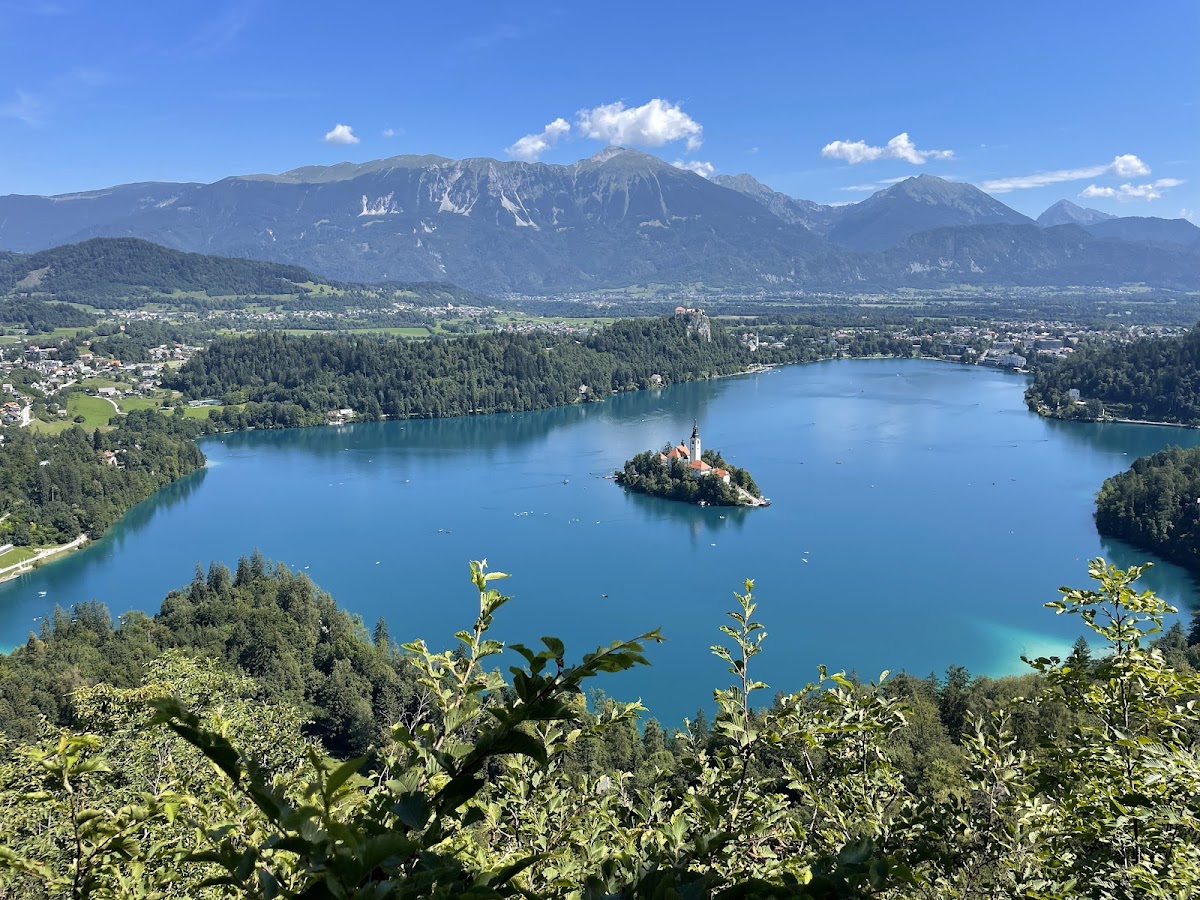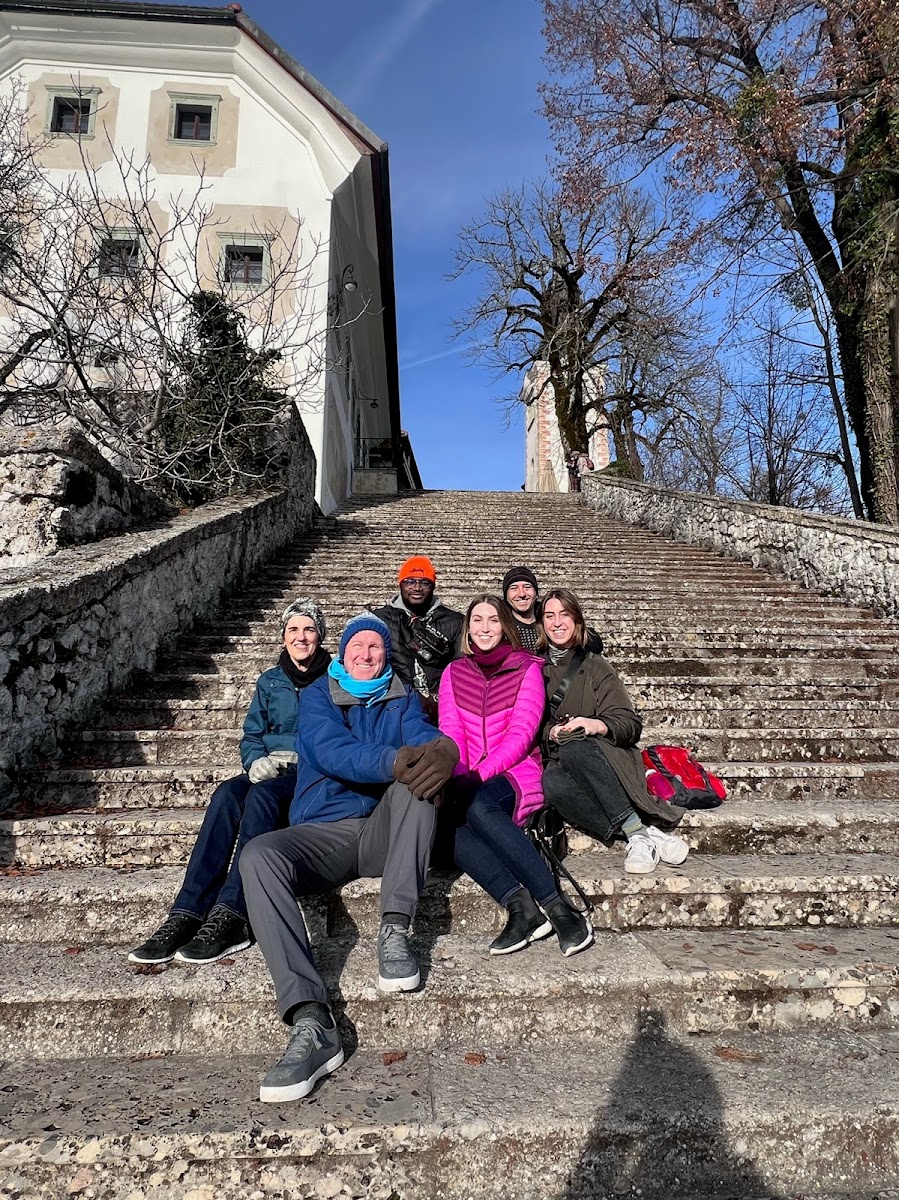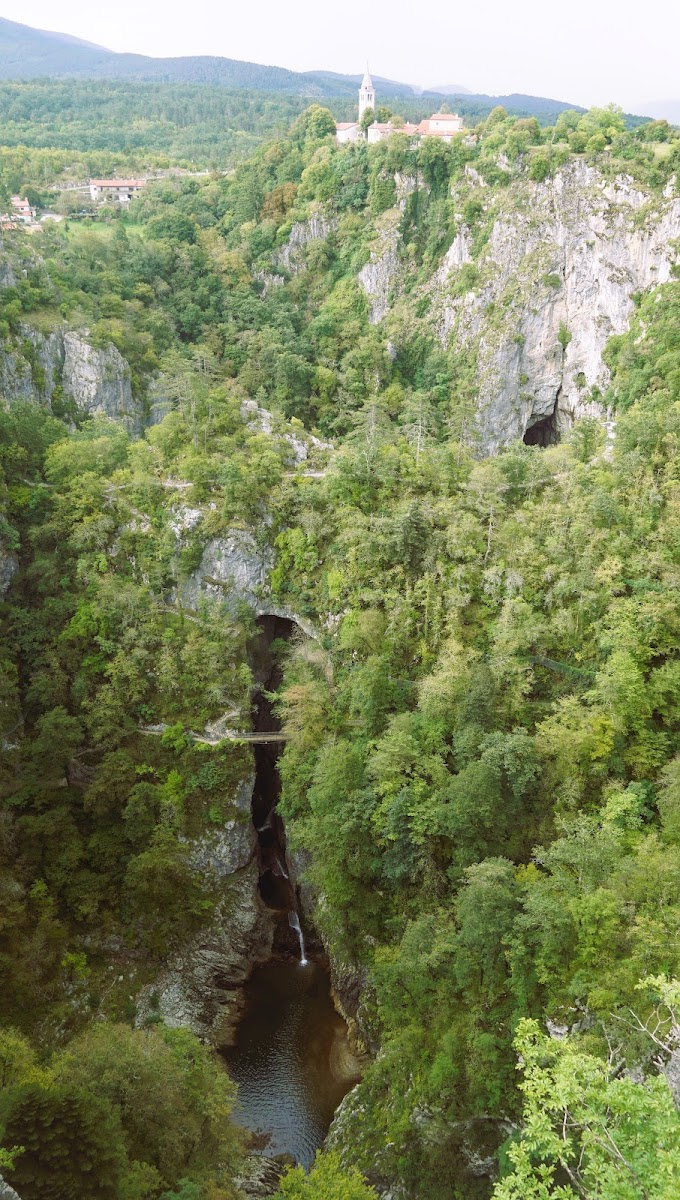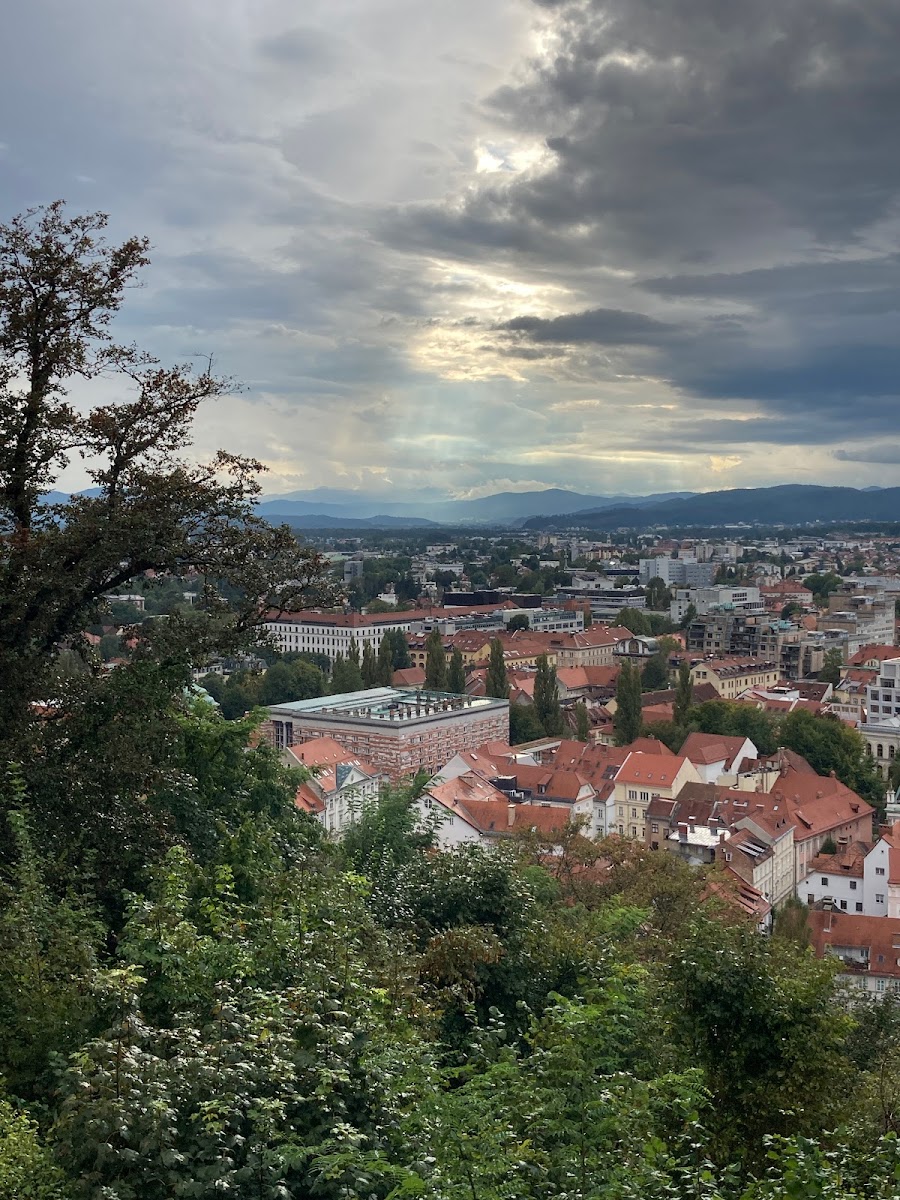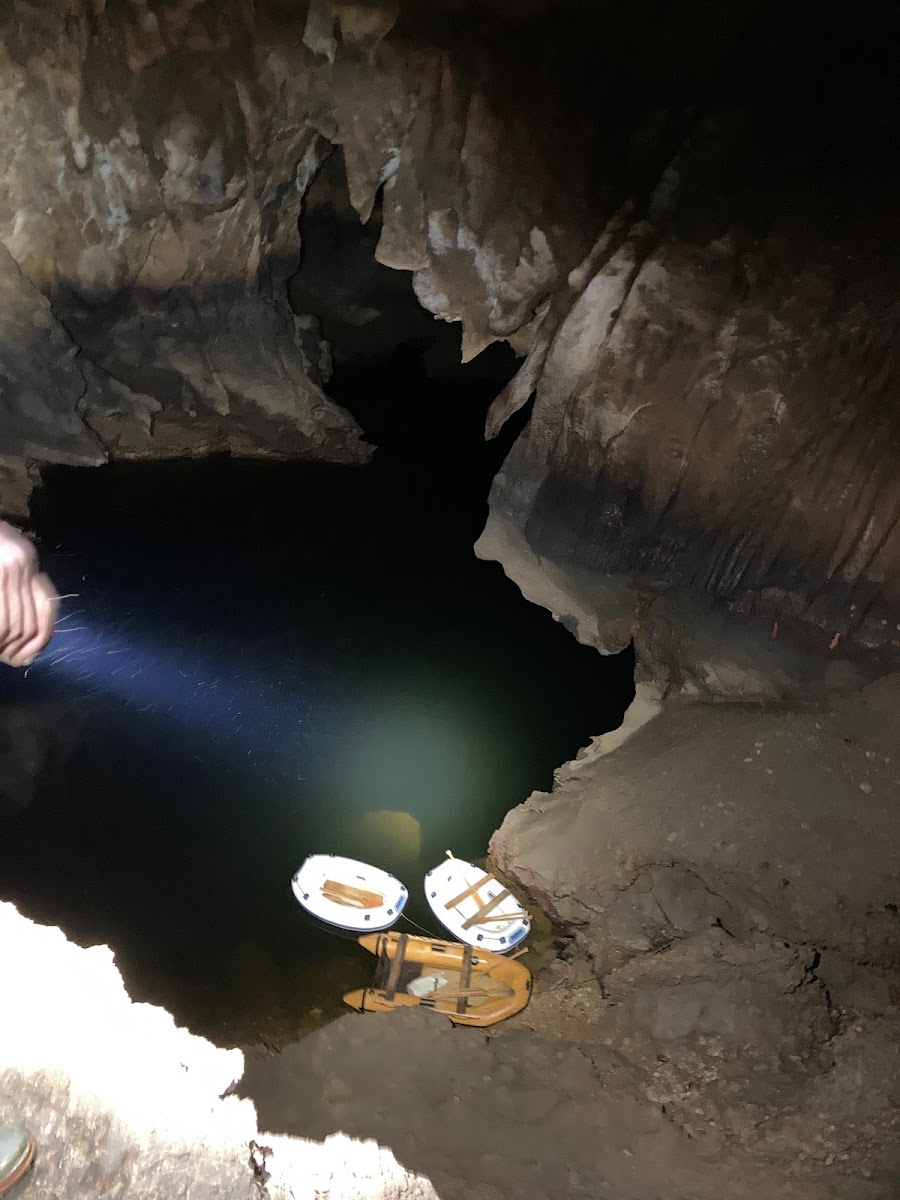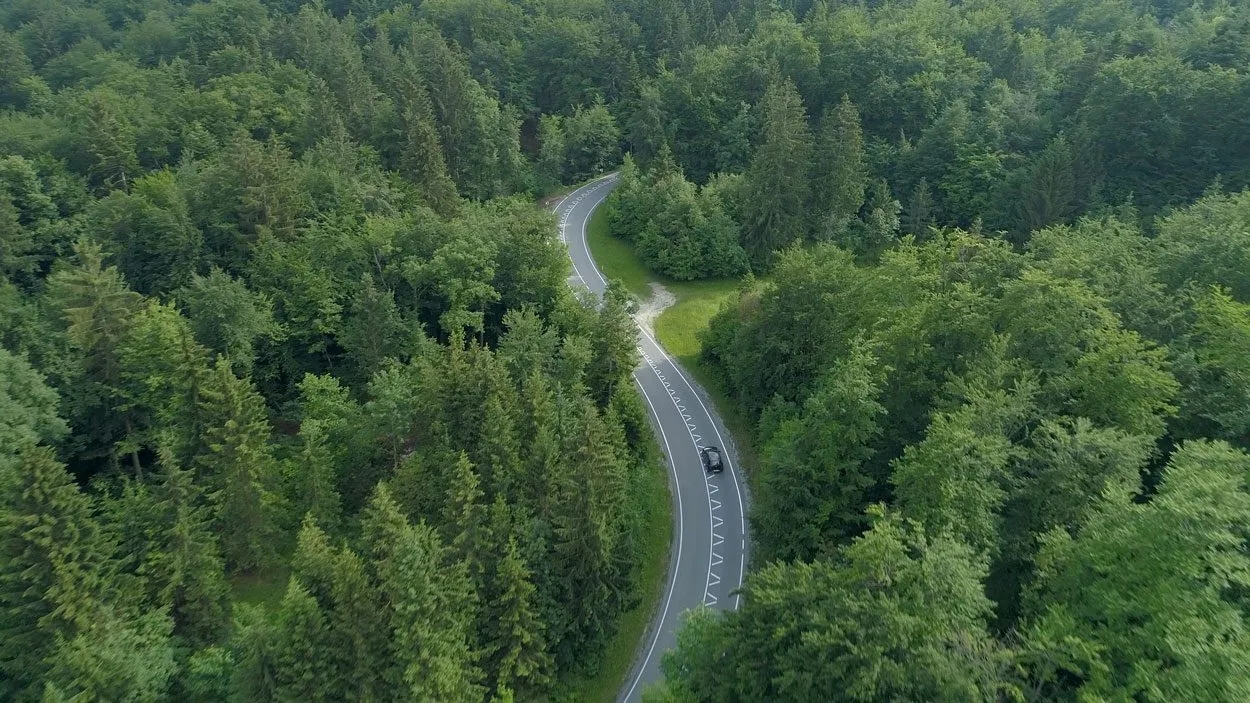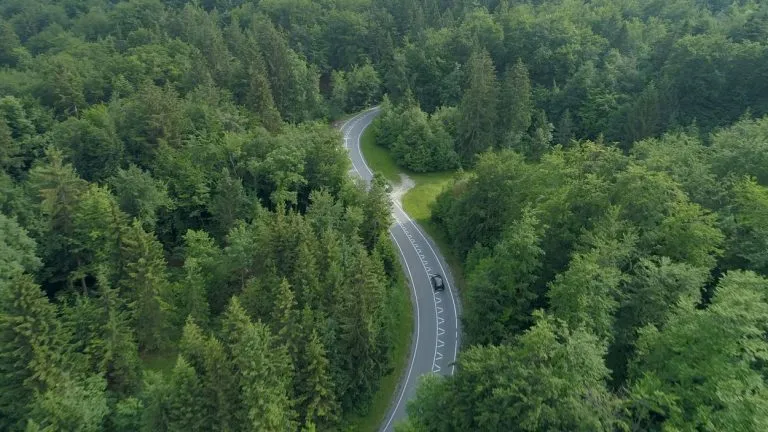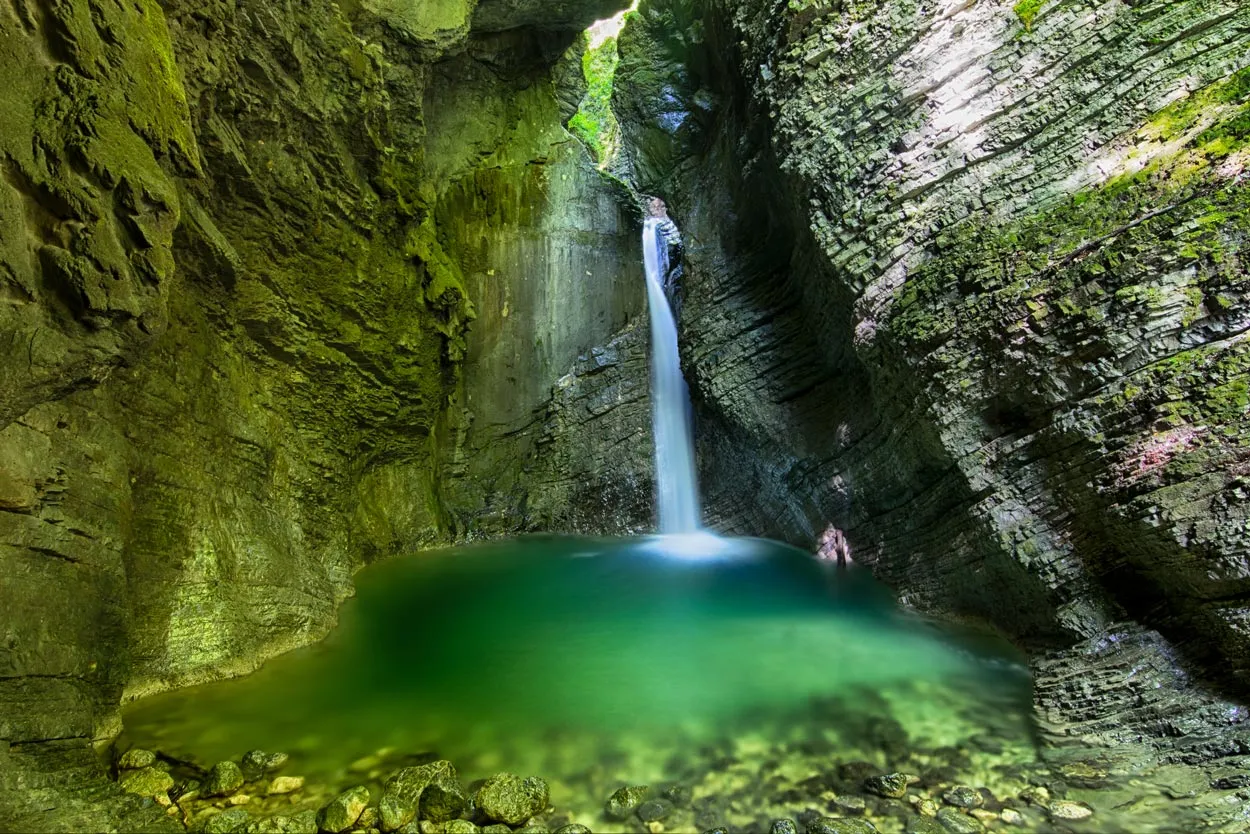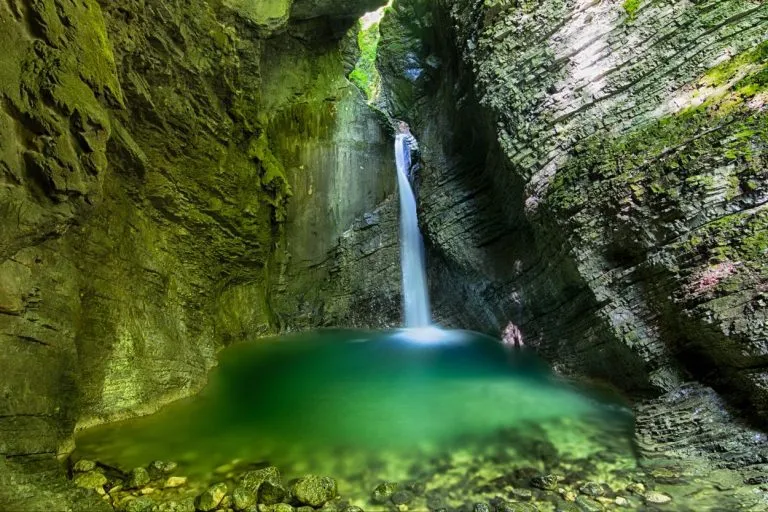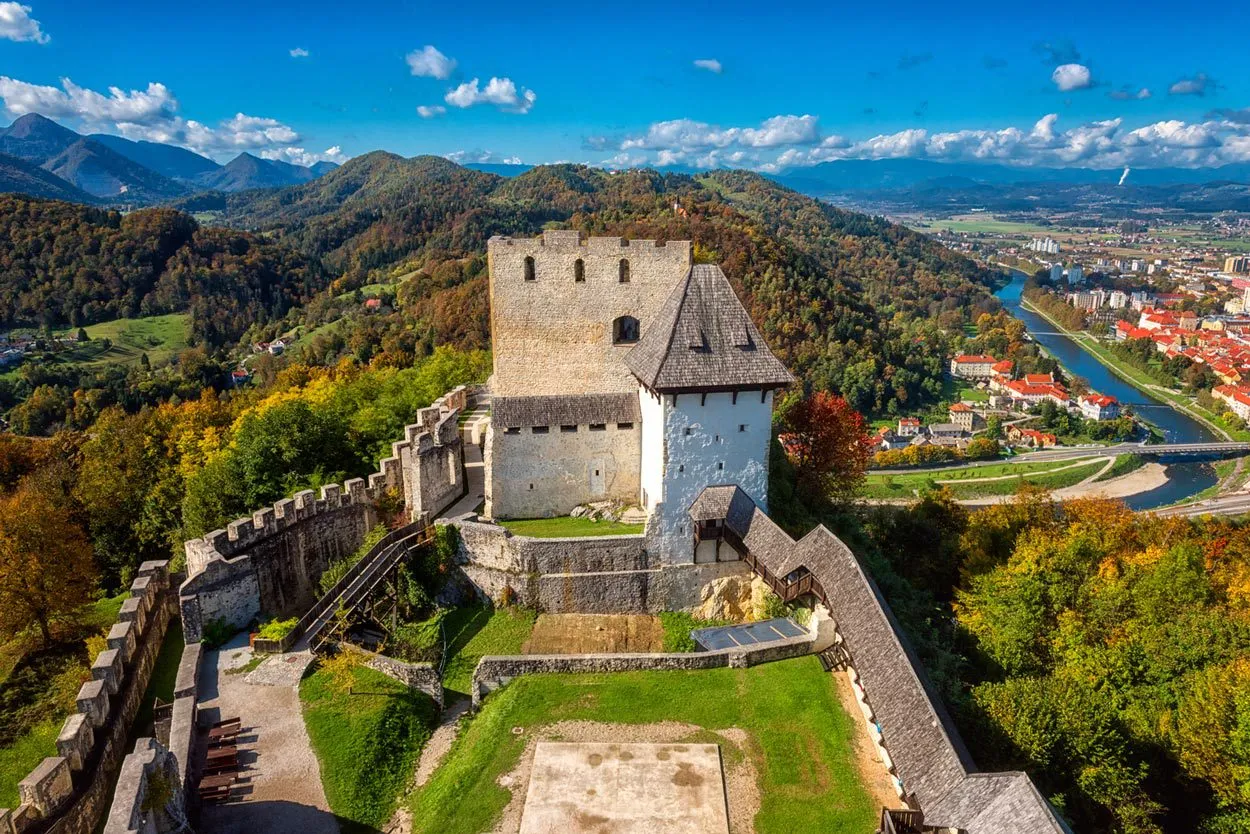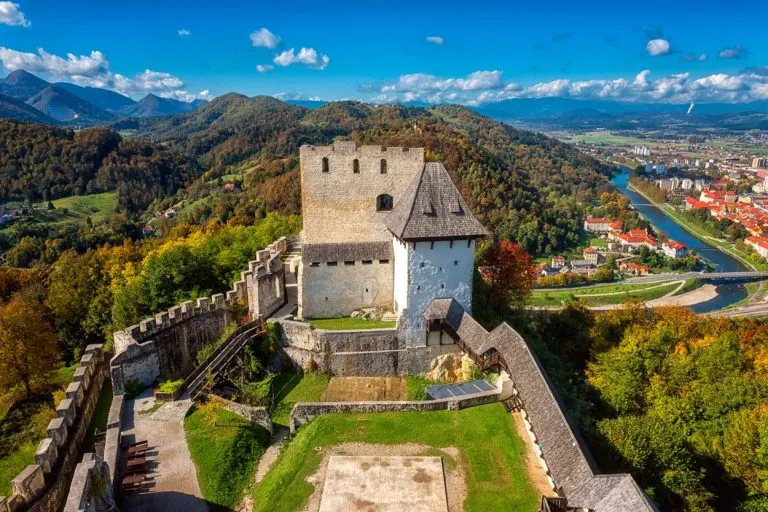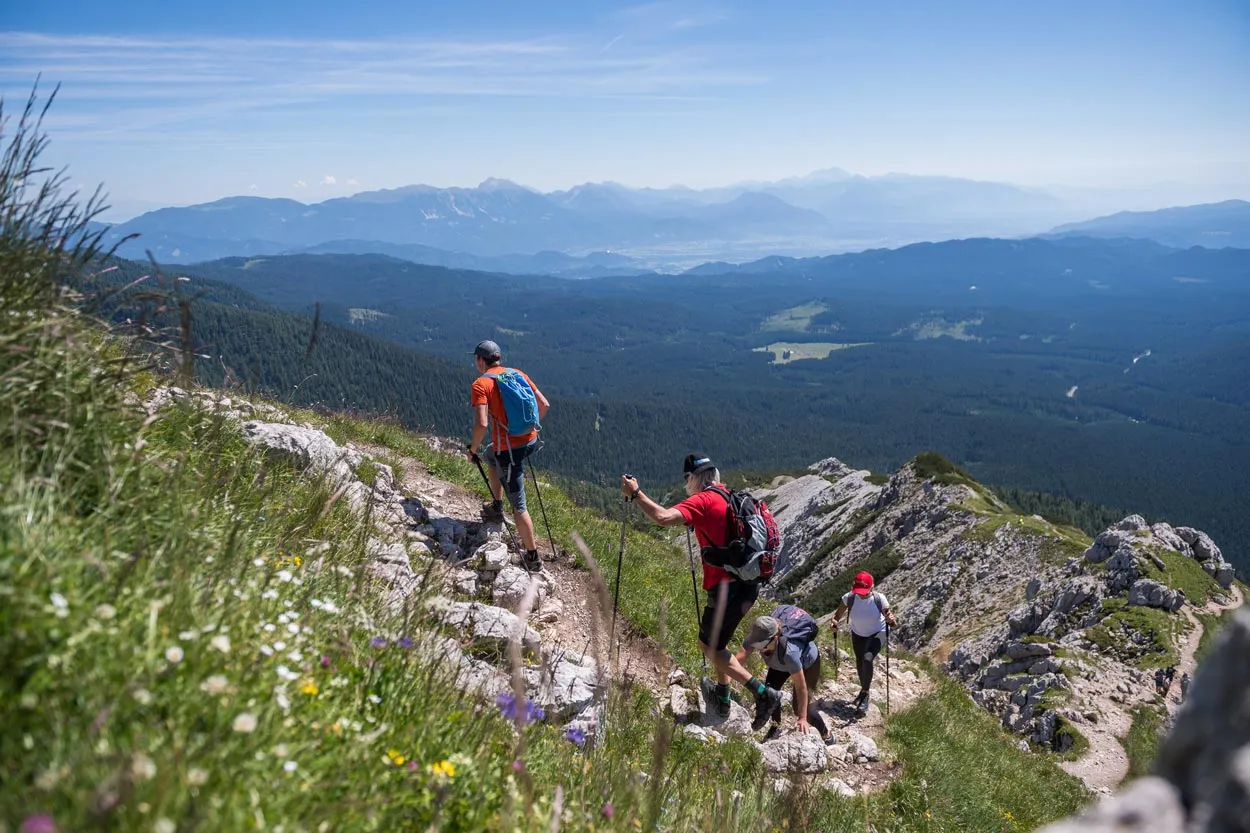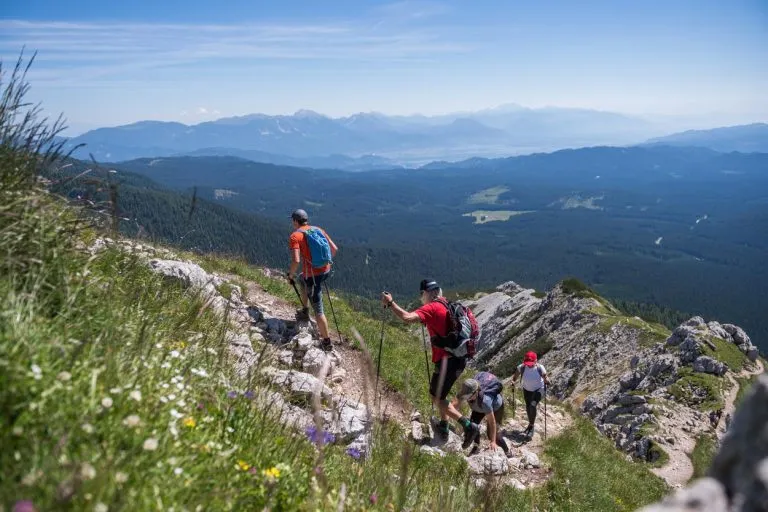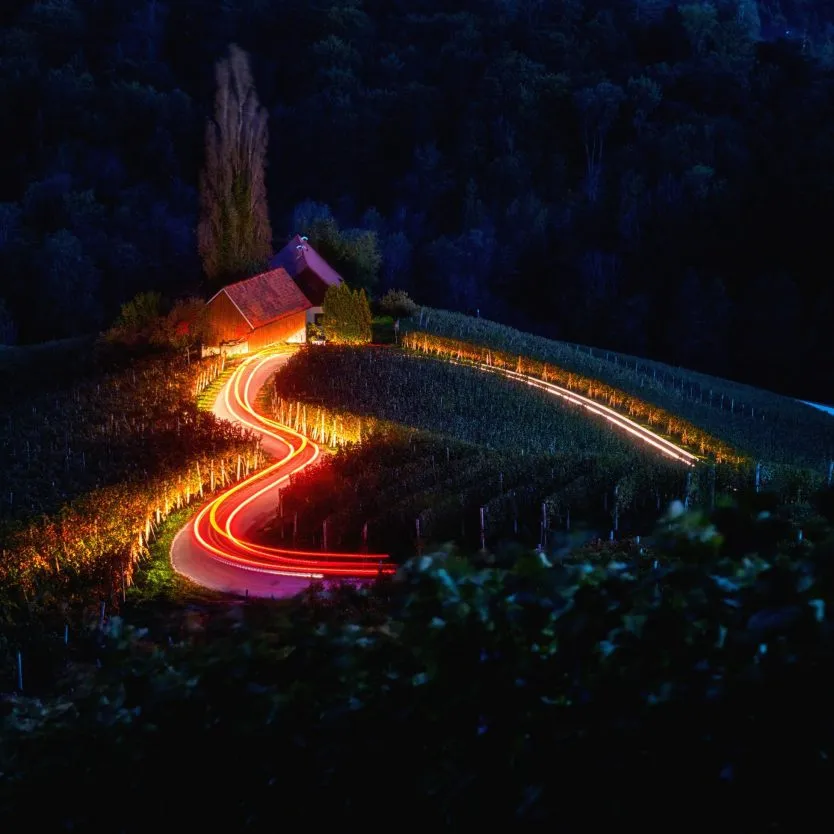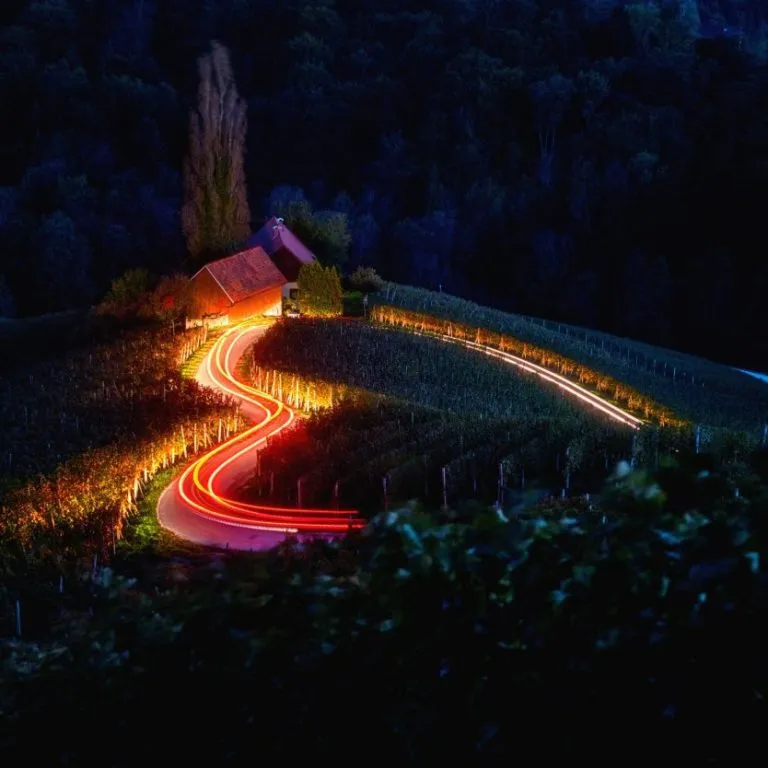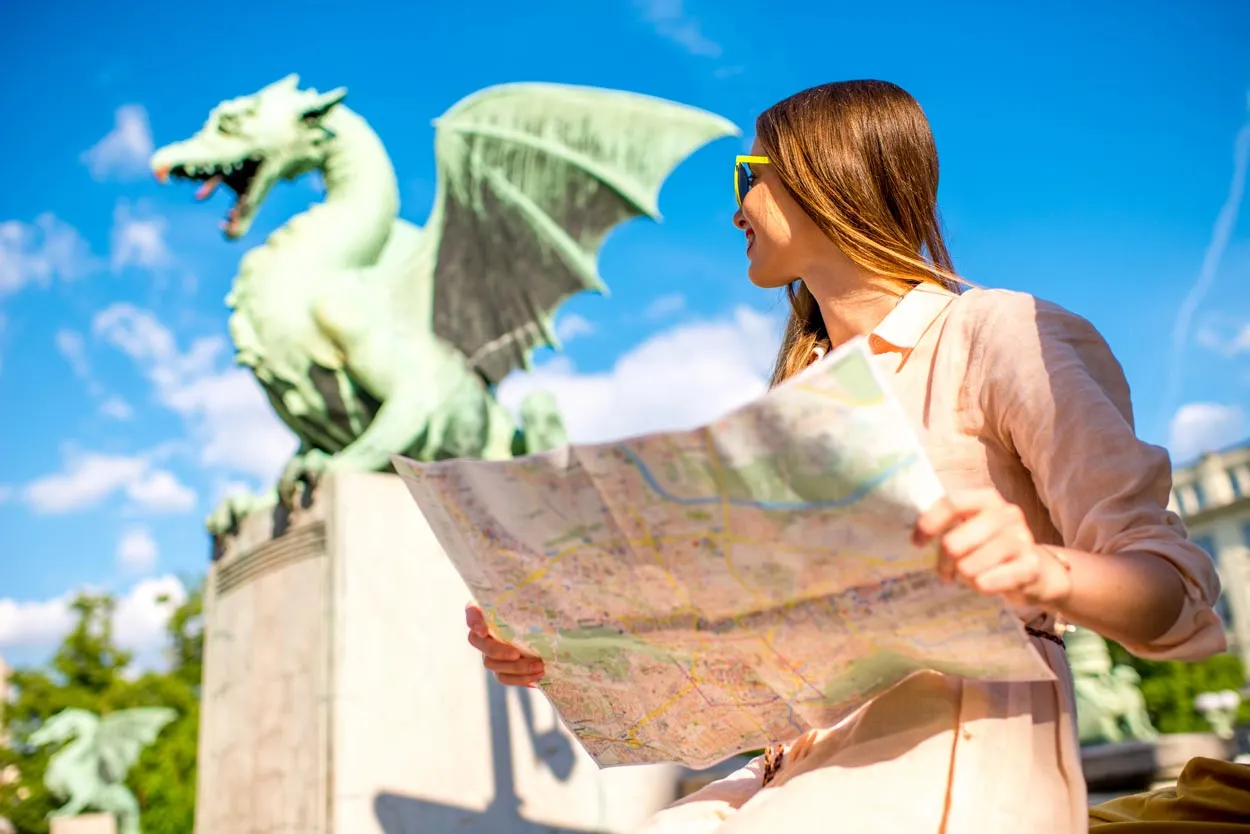
Practical Information
Language
The official language is Slovenian, however, most people in Slovenia, especially the younger generation, are fluent in English, and some even speak several foreign languages, which means communicating is easy and straightforward.
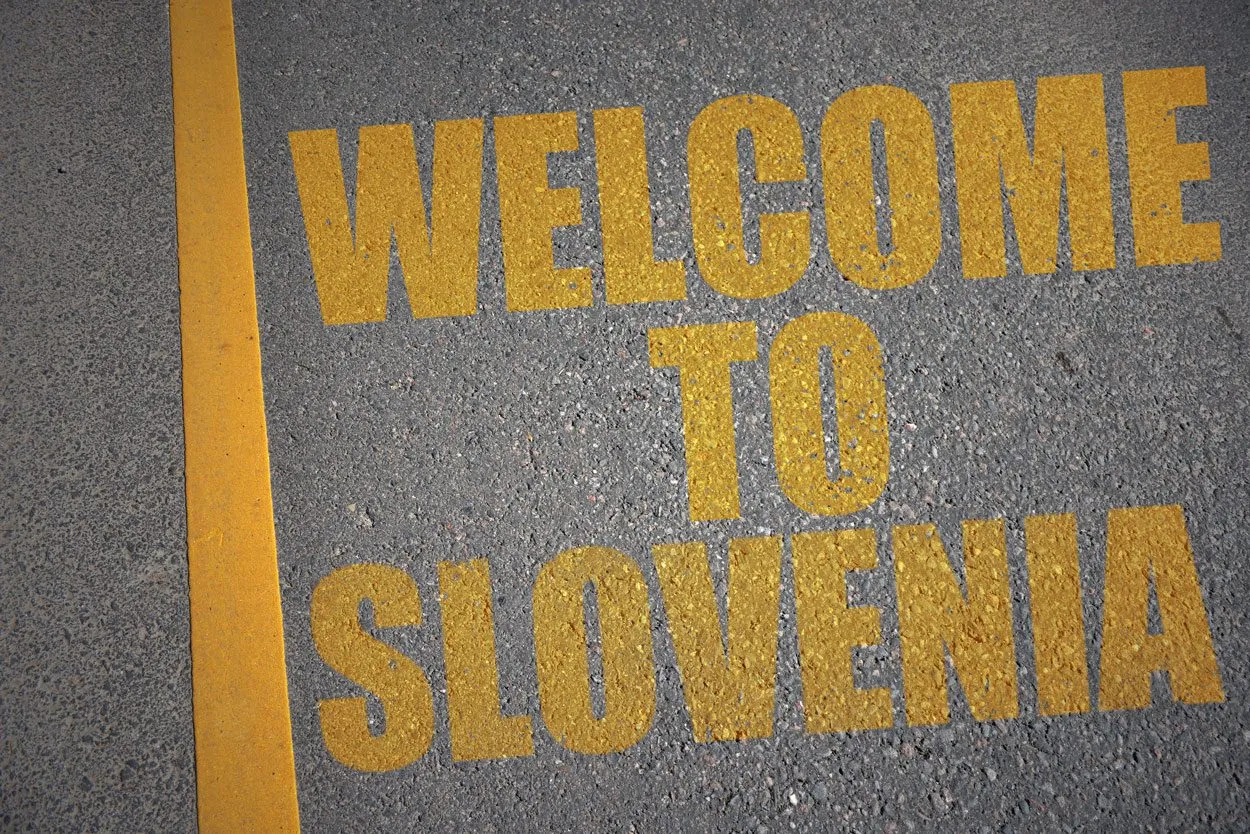
Time & National Holidays
Central European Time GMT + 1, in summer GMT + 2.
Here’s a list of work-free days that may affect working hours for shops, restaurants, museums, banks, transportation, etc:
1 and 2 January
8 February
12 April
23 April
27 April
1 and 2 May
25 June
15 August
31 October
1 November
25 December
26 December
New Year’s Day
Prešeren Day, the Slovenian Cultural Holiday
Easter
Easter Monday
Day of Uprising against Occupation
May Day Holiday
Statehood Day
Assumption Day
Reformation Day
All Saints Day
Christmas
Independence and Unity Day
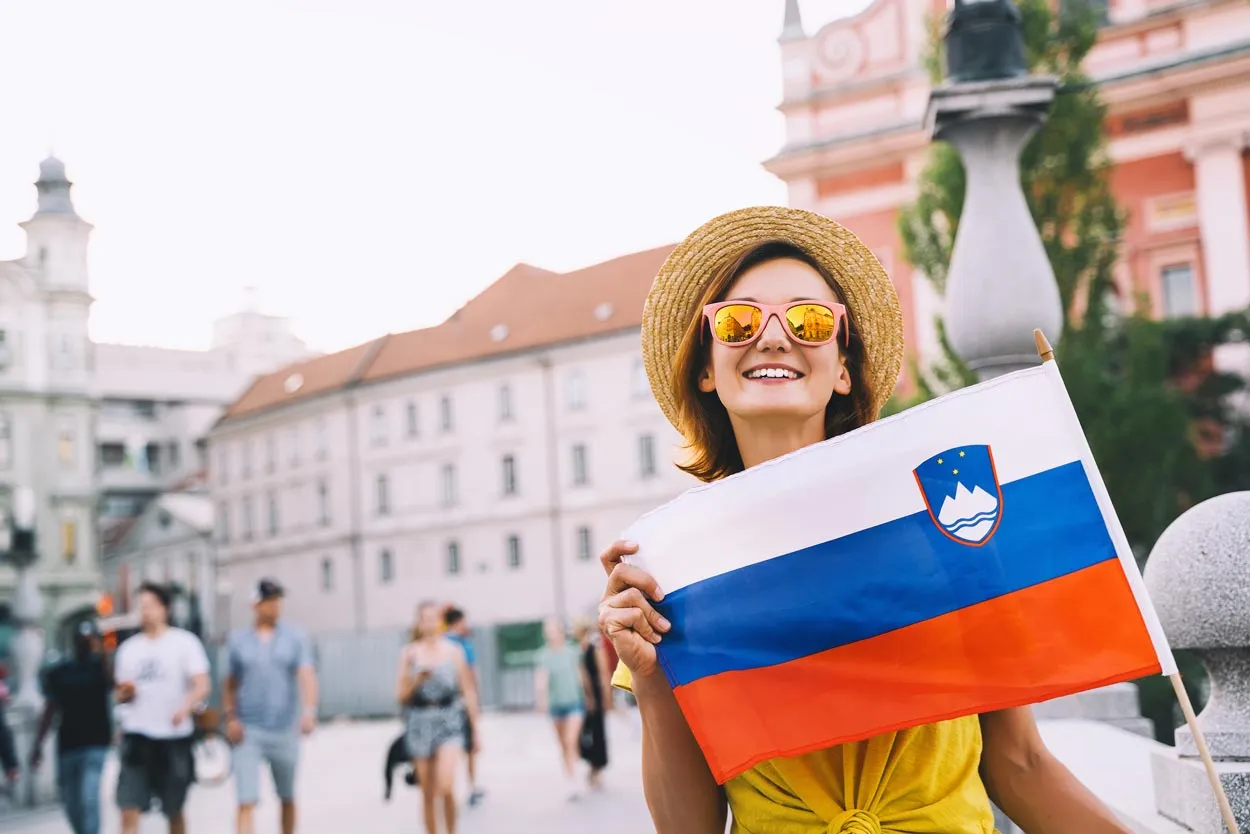
Units of measurement
Slovenia uses the metric system (meters, kilometers, grams, kilograms…) and temperature is expressed in degrees Celsius.
Money & Budget
Money does not only make the world go round; it helps you go around the world.
Slovenia’s currency is the EURO (€)
One euro is divided into 100 cents.
There are seven types of euro notes: €5, €10, €20, €50, €100, €200 and €500.
In practice, you may have trouble changing notes larger than €50 in smaller shops, so having some smaller bills on you is recommended.
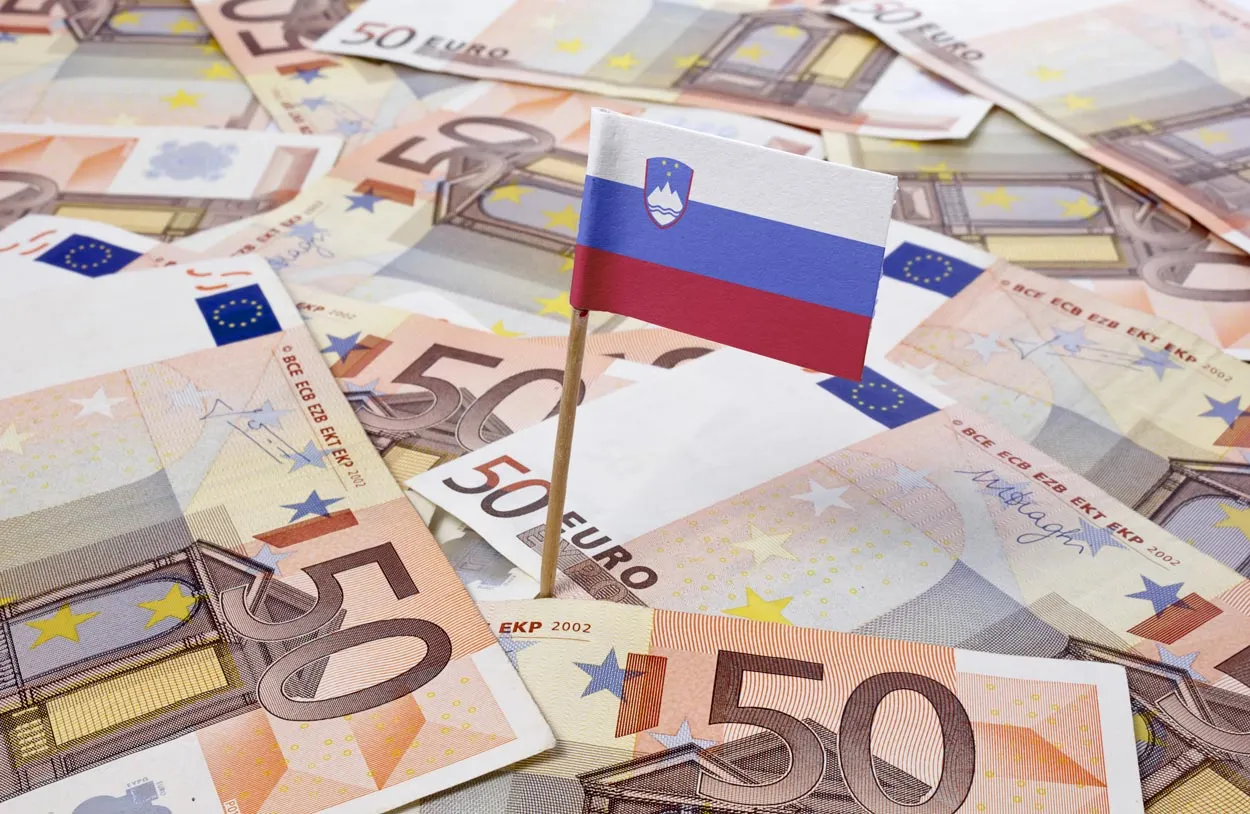
Where can I exchange my money?
Money exchange services are located all over Slovenia:
- Major border crossings
- Airports
- Exchange bureau in bigger towns
- Banks
- Travel agencies
- Tourist offices
- Post offices
- Main train stations
* Most banks take a 1% commission, while tourist offices, travel agencies and exchange bureaus usually charge around 3%. For current exchange rates click here.
ATMs – where to find them and how to use them?
Slovenia has an advanced banking system, which means cash machines (ATMs) are located in every town, many villages, near popular tourist destinations, and larger shopping centers.
Always choose to be charged in the local currency.
If an ATM gives you the option of being charged in your home currency, decline it. The local bank is charging you at a hidden and likely unfair rate. Getting charged in the local currency will save you money on every transaction.
What should I know about using my debit cards in Slovenia?
Most major credit cards will be accepted (Visa, MasterCard, Maestro, American Express, etc.).
However, certain shops and tourist farms, as well as mountain huts, do not accept credit cards, so it is always a good idea to carry some cash with you.
How much cash should I carry around with me?
There is no need to carry a lot of notes and change, but do make sure to have at least 100 euros (per person) with you just in case. Sometimes ATMs don’t work or run out of money, or the place you’re going to doesn’t accept credit cards, or its credit card terminal fails.
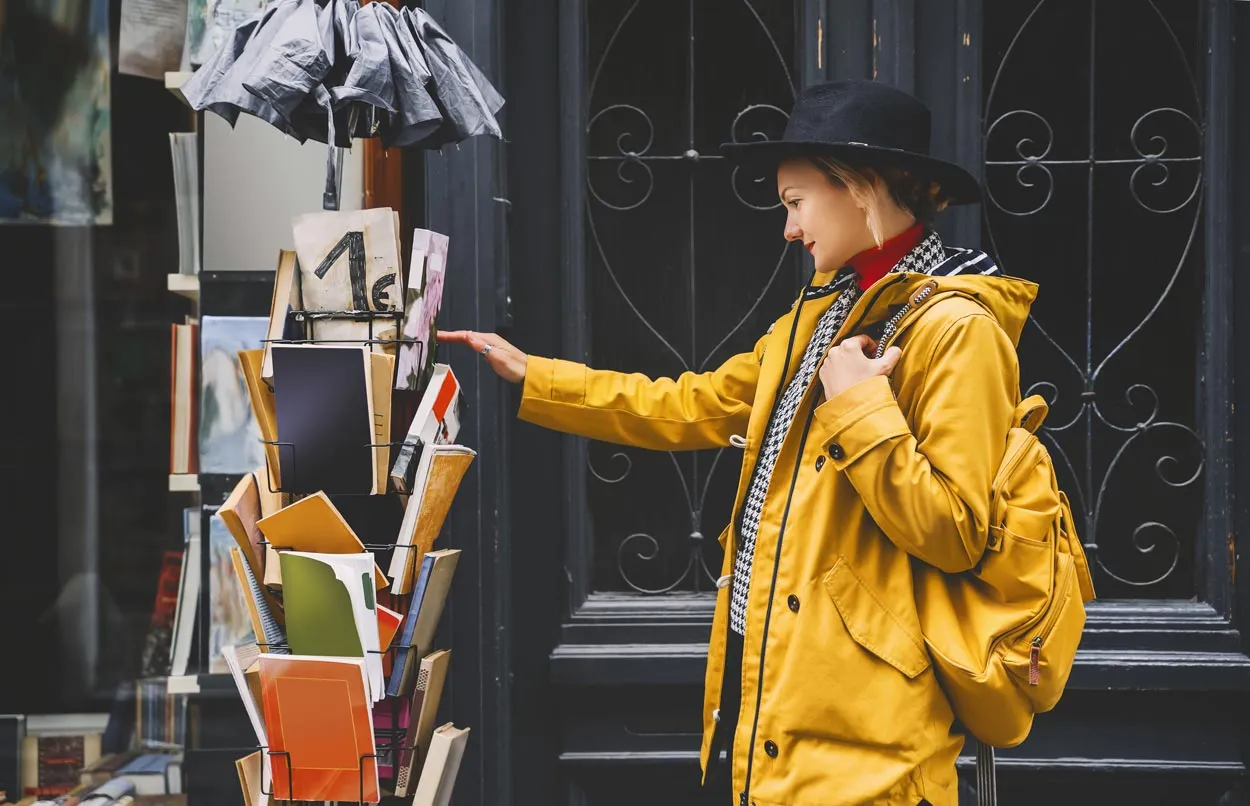
How much will I spend in Slovenia?
It depends how much you are planning on splashing out, but the daily budget lingers at around 70 euros per person.
For a more comprehensive spending budget click here.
Do I have to pay tourist tax in Slovenia?
Yes. Individual municipalities can charge up to 2.5 euros per person per day, the rate is defined by each municipality separately. Make sure to check with your guide, travel agency, or inquire at a tourist information center regarding the rates.
Do I have to tip in Slovenia?
You don’t have to, but leaving a 10-15% tip in restaurants or pubs for good service will be greeted with a smile. Gratuity in hotels is nice and rounding up the fare in taxis is common. In Slovenia, tipping is therefore not obligatory, but it’s a most welcome practice.
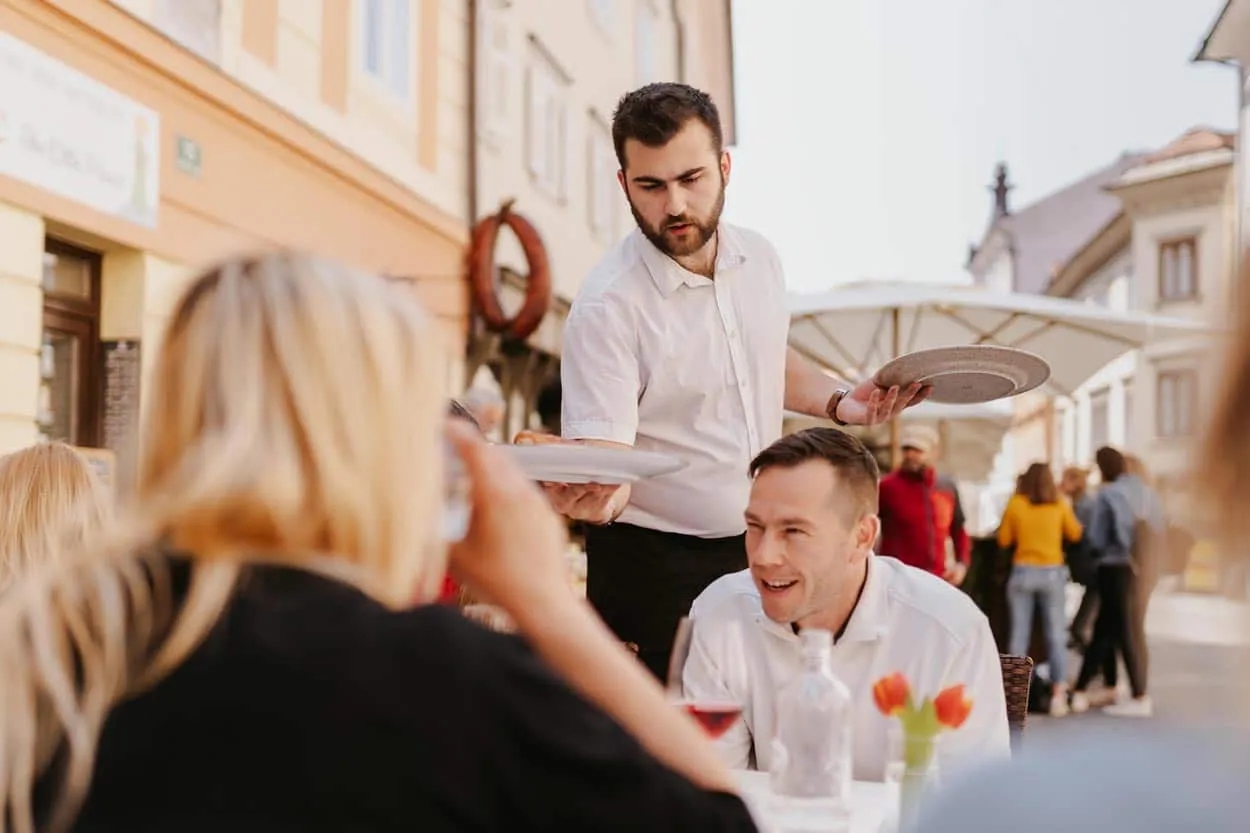
Can or should I haggle in Slovenia?
Not really. Haggling or bargaining the price is not a common practice in Slovenia and can even be taken as an insult. The exception could be local markets, but even there, let the seller initiate the haggling.
Can I use travelers’ cheques in Slovenia?
Traveler’s cheques typically come with poor exchange rates and it’s very difficult to cash them. Most shops and restaurants in Europe won’t even accept them. We do not recommend you take them with you.
Health & Safety
COVID-19 travel restrictions
The latest information on the current situation, travel requirements, and restrictions due to COVID-19 can be found on the government’s official website.
All information regarding the border crossing and necessary requirements you can find here and also on this site here (Web application “Enter Slovenia”).
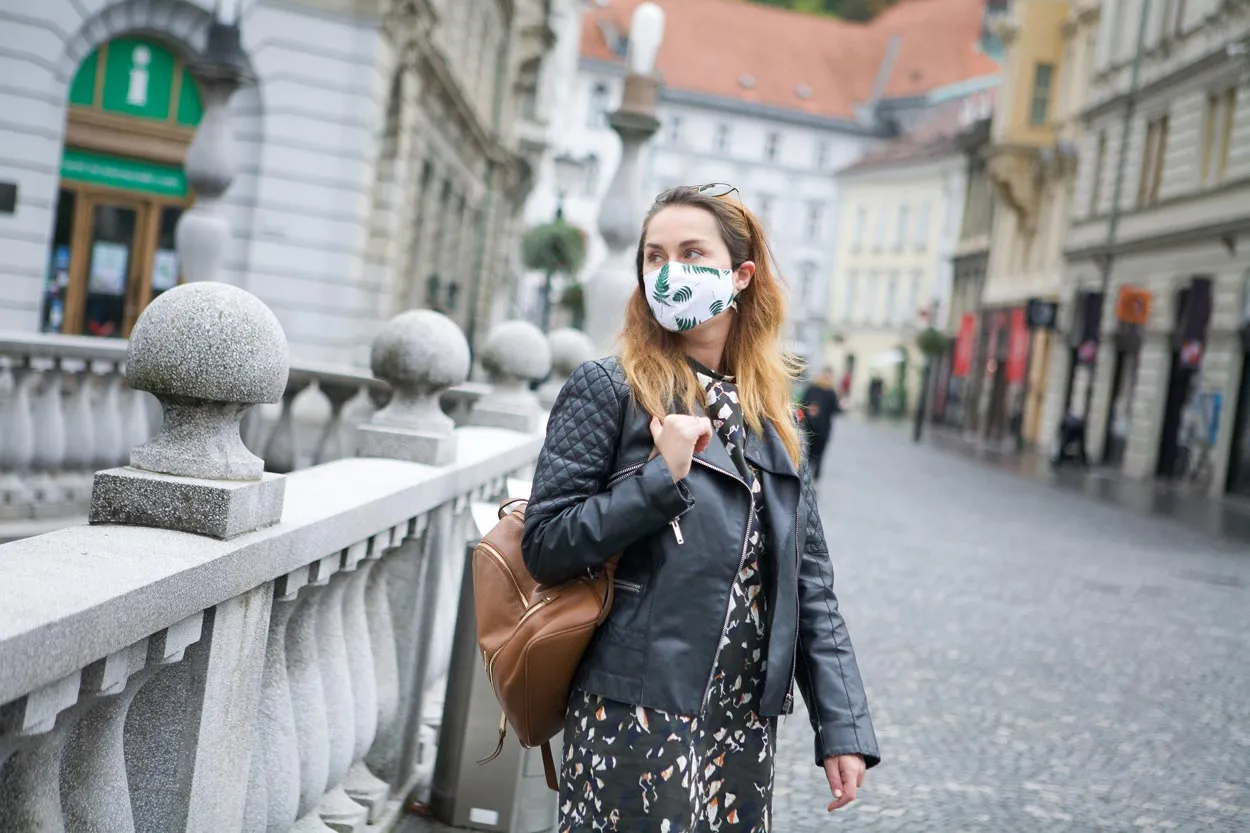
Is Slovenia safe?
Slovenia is very safe.
The Global Peace Index ranks Slovenia as the 8th safest country on Earth.
This means criminal activities of any kind are at a very low level, and tourists can feel safe strolling the streets. However, common sense should always be applied.
LGBTQ:
Slovenia has strict anti-discrimination laws that protect the LGBTQ community. Prejudice is not common, but you should keep in mind that the rural parts of Slovenia are still somewhat conservative. But overall, Slovenian society is LGBTQ friendly.
Women solo travelers:
Gender equality is an issue that is being approached most diligently on every level of society, and tourism is no exception. Women can feel safe traveling around Slovenia alone.
Children:
Slovenia has strict policies regarding child wellbeing and safety. Most facilities and institutions that you will encounter have child-friendly services.
Are there any dangerous animals in Slovenia?
Slovenia’s scenic countryside is home to a few venomous snakes, the brown bear, the lynx, and wolves roaming around, but you would have to be extremely unlucky to encounter any of them.
The most dangerous animal comes in a much smaller form: The tick. This miniature creature carries nasty diseases, such as Lyme disease, Borrelia, or meningoencephalitis. If you’re planning on spending a great deal of time in nature, vaccination is recommended, or at least apply tick repellent. It’s also good to check yourself for ticks after spending the day outside.
What to do in an emergency?
The main emergency number is 112.
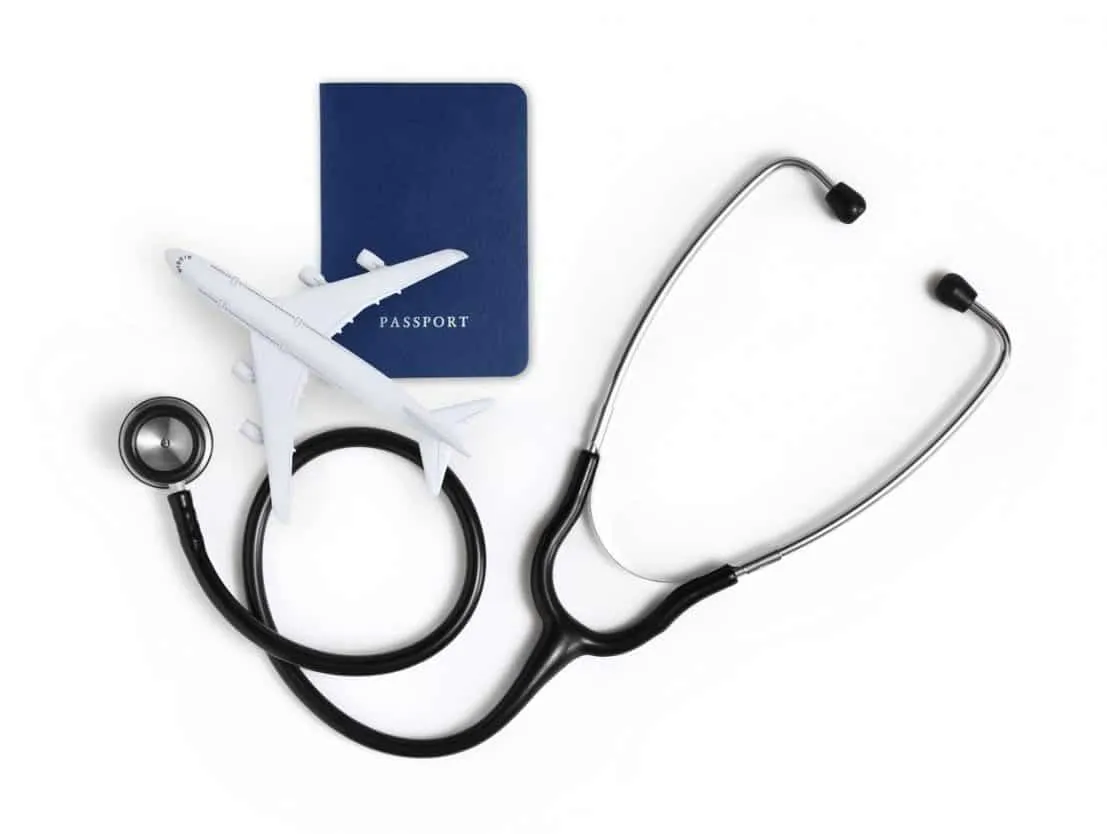
112 Emergency Call Centre will dispatch first responders (emergency medical assistance, fire department, veterinary assistance, mountain rescue, the police, and other units). Users with disabilities can use WAP 112 and SMS 112 to contact the emergency services.
Police: 113 – emergencies, 080 12 00 – anonymous police phone line
Roadside assistance and towing: 1987 AMZS
Tourist helpline: 080 1900 – tourists and tourism workers can report their comments, complaints, criticism, and suggestions at this toll-free number 24 hour a day.
Hospitals & Pharmacies
Excellent medical care is provided throughout Slovenia. Every city has health centers and clinics in small towns.
Pharmacies are in the plenty and are fully stocked.

Should I get travel insurance for Slovenia?
Citizens of European Union Member States can travel to Slovenia with the European Health Insurance Card. It can be obtained by the citizens of Iceland, Liechtenstein, Norway, and Switzerland.
The card gives you access to public health services (doctors, pharmacies).
If you do have to pay for health services in Slovenia, you will be reimbursed after your return to your homeland. With the European Health Insurance Card, you get all the necessary medical care, yet the card does not cover health services from private providers.
Third-country citizens are advised to take out international travel insurance before traveling to Slovenia. Additional health insurance is advisable for everyone.
We recommend you check with your travel agency for further details.
Can I swim in the waters of Slovenia?
Slovenia has been blessed with some of the most pristine waters in the world. Many rivers, lakes and the sea can be enjoyed by swimmers. But do make sure to follow safety regulations and signs, especially in protected natural parks and reserves.
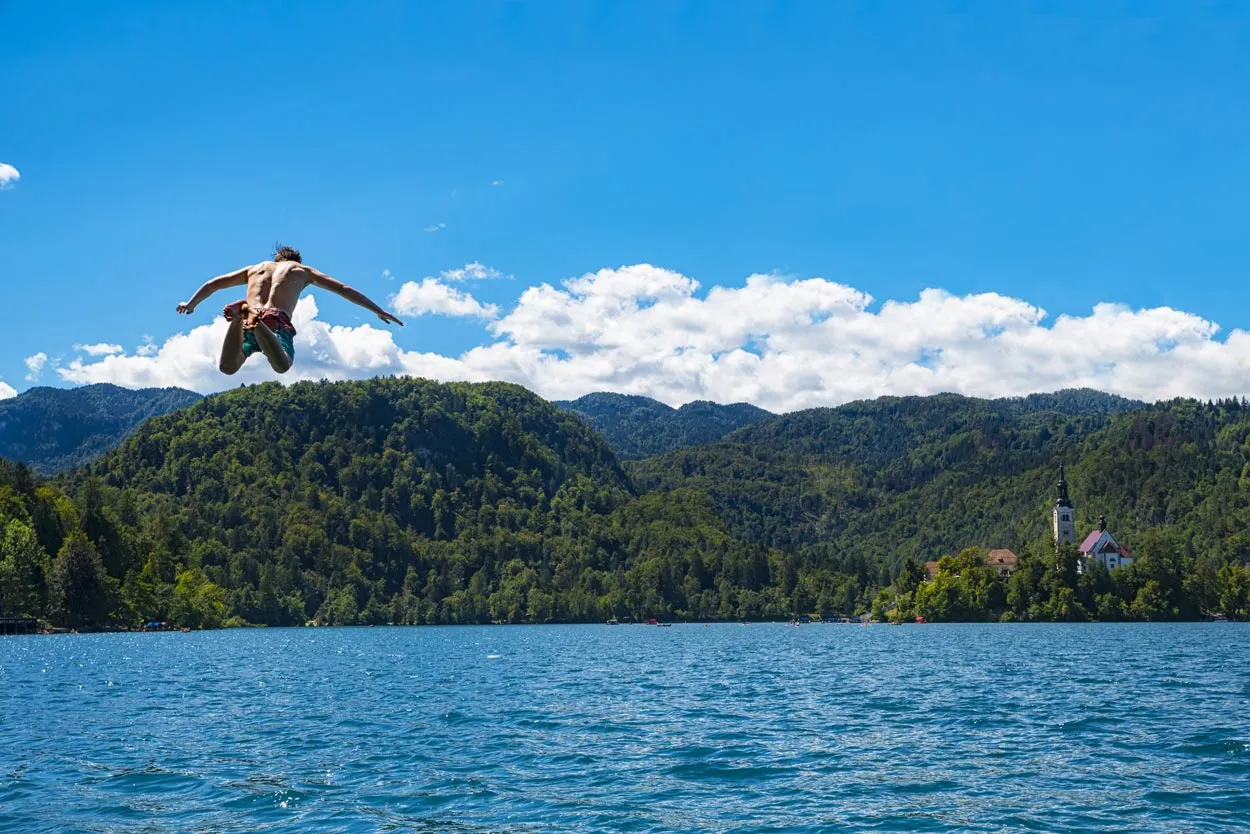
Is it safe to drink water from the tap?
Yes, the water in Slovenia is drinkable.
Phones & Internet
In terms of telecommunication and internet coverage, Slovenia is a very advanced country. Free wireless networks are available everywhere (except in the mountains or out in the wild, where the signal may disappear altogether).
You shouldn’t have issues connecting to the internet or using your phone in any way.
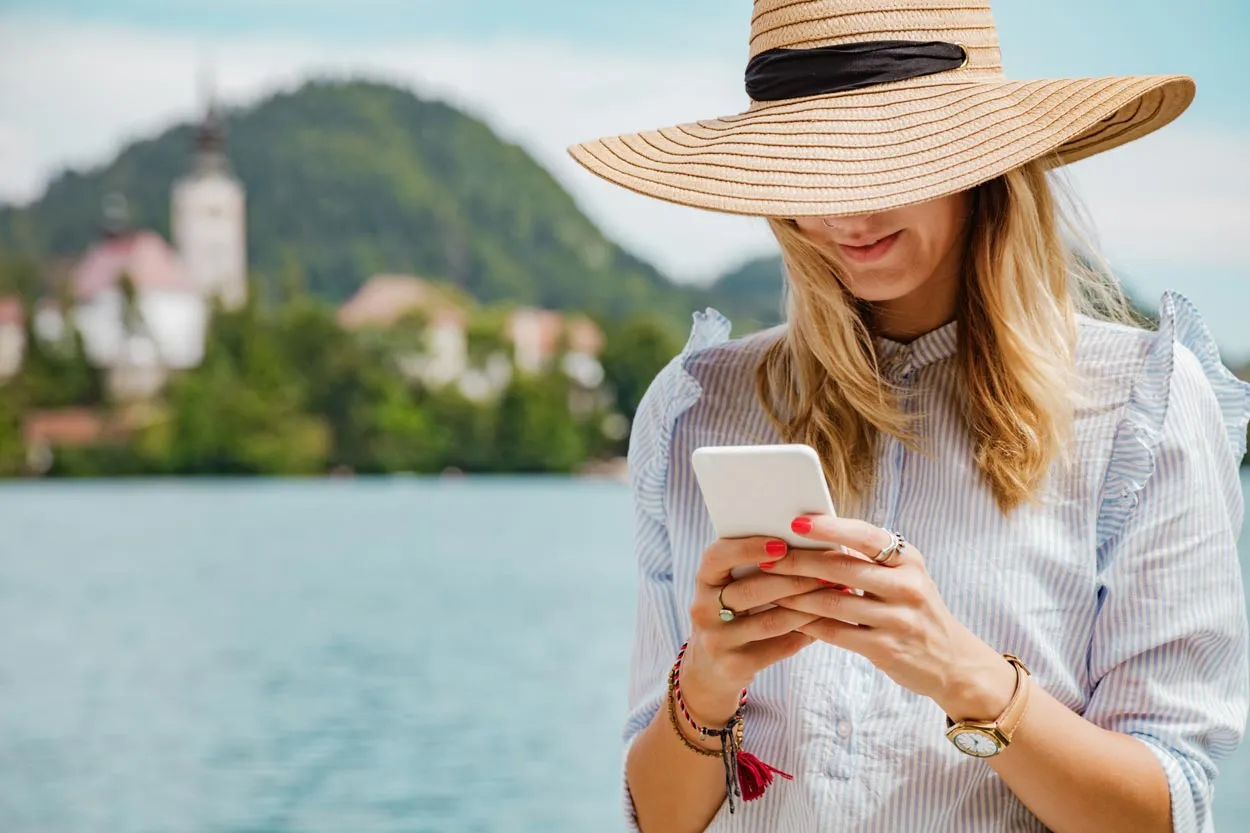
Country calling code +386
International call prefix: 00
Trunk prefix: 0
*For more information regarding rates, we recommend you contact your local provider.
Do I need a power plug adapter?
Slovenia operates on a 230V supply voltage and 50Hz, which require plug types C and F.
Whether or not you need to bring an adapter, simply check this handy website.
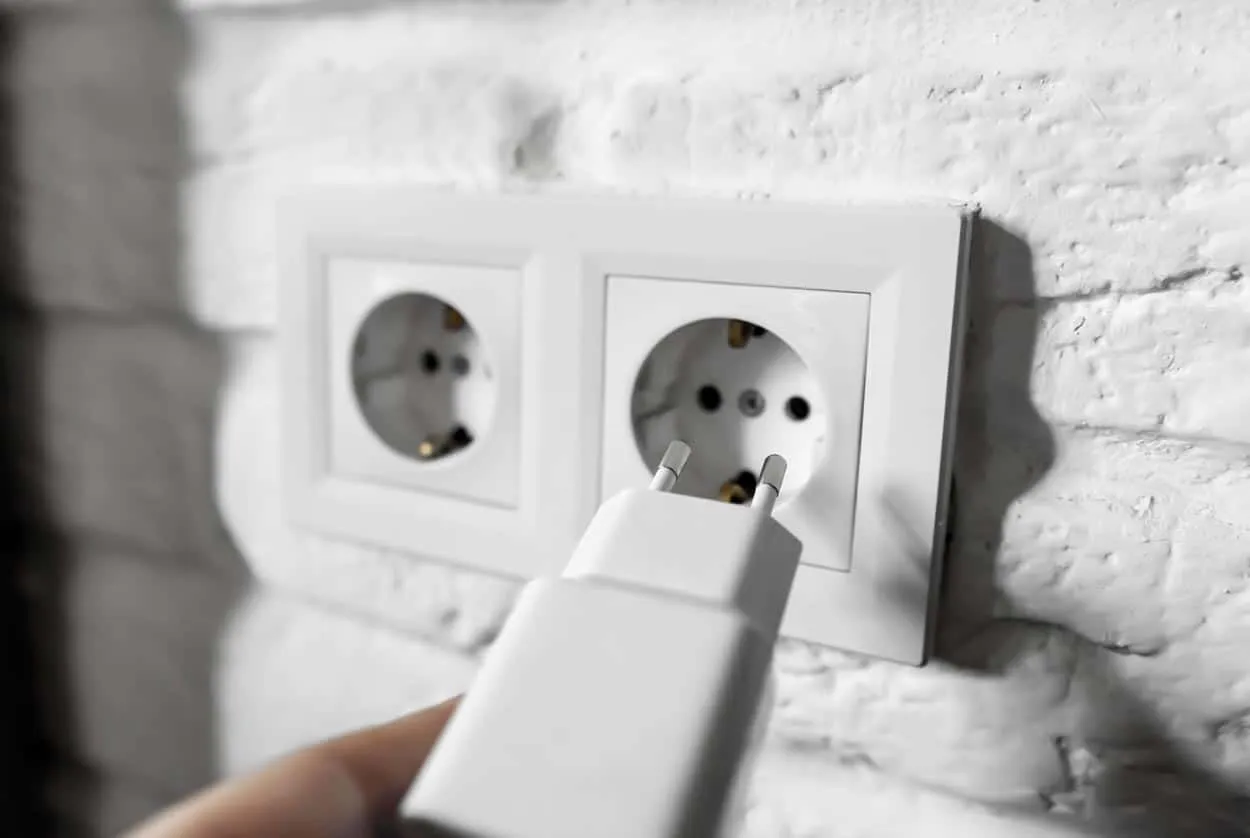
How & What To Pack For Your Slovenia Holidays
Making a checklist of what to pack is not always the easiest task before heading out on your travels. It can be quite tricky. Remember, the better you pack, the more fun you will have on your holiday.
To help you with your packing, we have assembled a list of tips you can use when going on your next holiday to Slovenia.
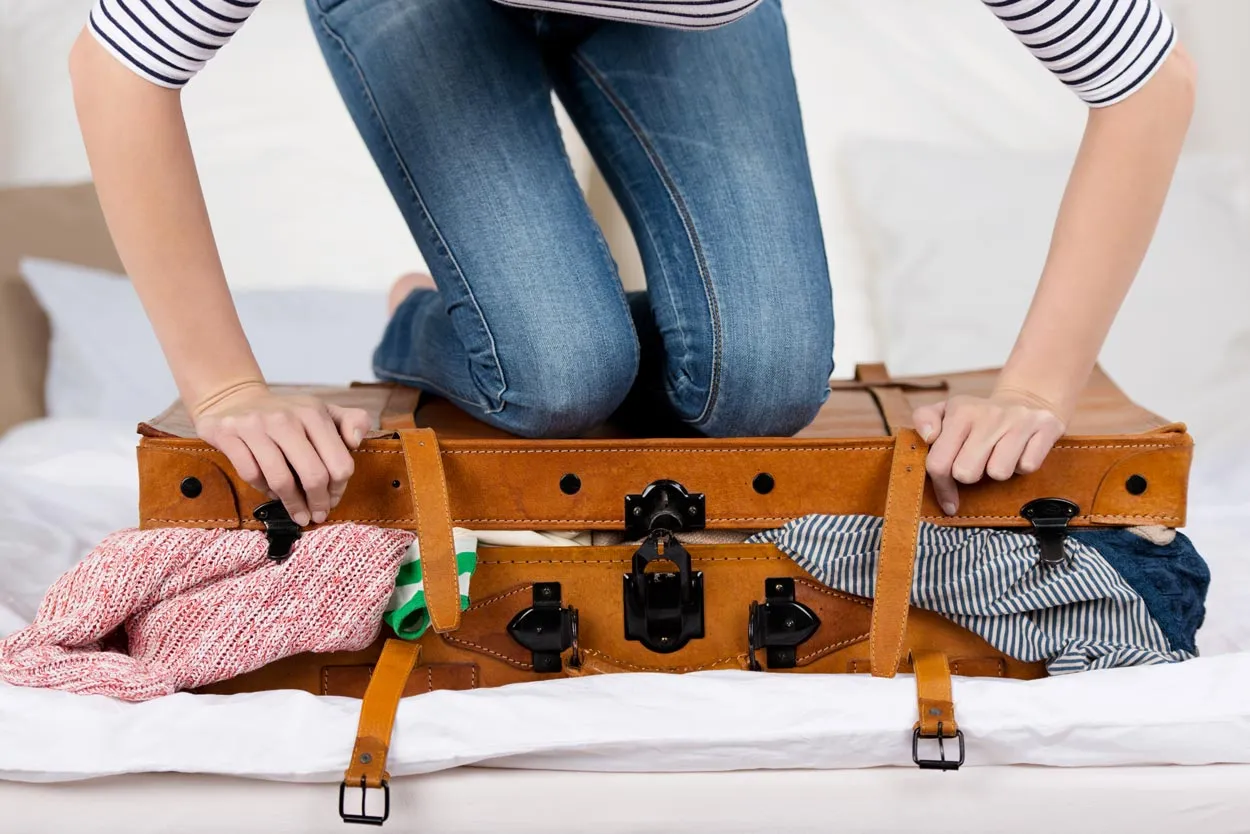
Pack Light
Travelling light is always the best way to travel. Both physically and with less hassle. Plus, they won’t charge you for those extra pounds/kilograms at the airport. Why slalom through the crowds at the terminal or train station like a cumbersome lost elephant, when you could be slipping through like an agile cat.
Check the size & weight of your luggage
Most airlines allow you to check one bag and one carry-on bag. Normally, a maximum weight limit is around 50 lb (22.67 kg) per checked bag as well as a size restriction.
The most common maximum size for a bag is usually around 62 linear inches (157.5 cm). A common size bag that you can check through at an airport: 27″ x 21″ x 14″ (68.6 x 53.3 x 35.5 cm). Always check the exact bag measurements and other restrictions with your airline.
Like planes, our ground transfers also limited capacity, especially if there are more guests arriving. The restrictions are therefore mostly limited to one big bag and one carry-on bag.
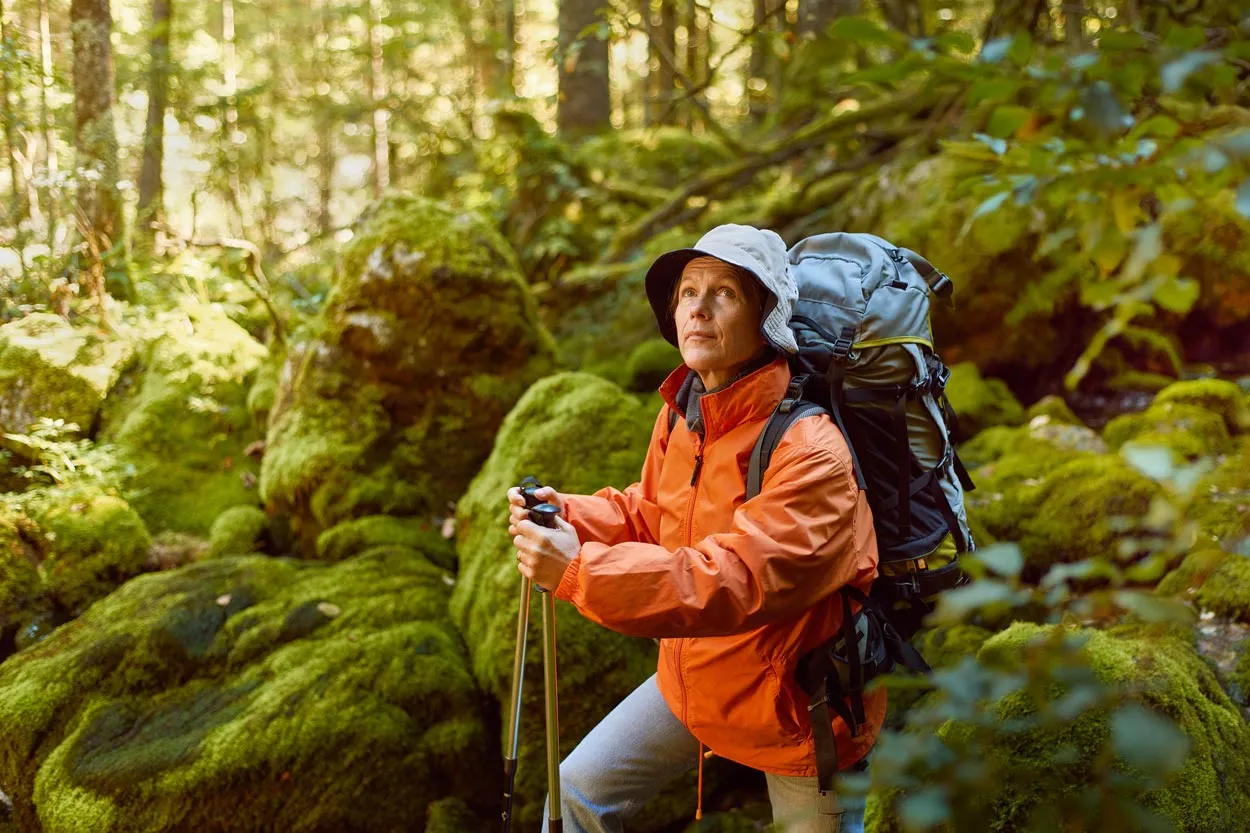
Carry–on bag
Electronics and personal items should go in your carry-on bag. It is also wise to pack a day’s change of clothes in your carry-on, just in case there are any complications with your luggage at the airport.
It makes sense to pack your carry-on in a backpack, which you will later need on your hiking or sightseeing trips in Slovenia.
Big travel bag
If you have an inconspicuous-looking suitcase or bag, we recommend you tie a handkerchief or something similar to it, so that you can quickly spot it at the luggage claim and not confuse it with someone else’s.
What To Pack?
The easiest way to pack is by considering your day-to-day itinerary. Think of what you will be wearing every day. Take into account the type of holiday, time of year, weather forecast, and location in Slovenia (Alps, city, sea), and thus determine what clothes you will be wearing on your trip accordingly. In addition, always pack a few extra layers, because you never know.
If you are ever in doubt, you can always consult with us. We are happy to advise. A few days prior to your holidays, we can also supply more specific advice regarding the weather forecast.
And if you happen to forget something vital, do not worry; you can always buy anything in Slovenia. Our shops are sufficiently stocked.
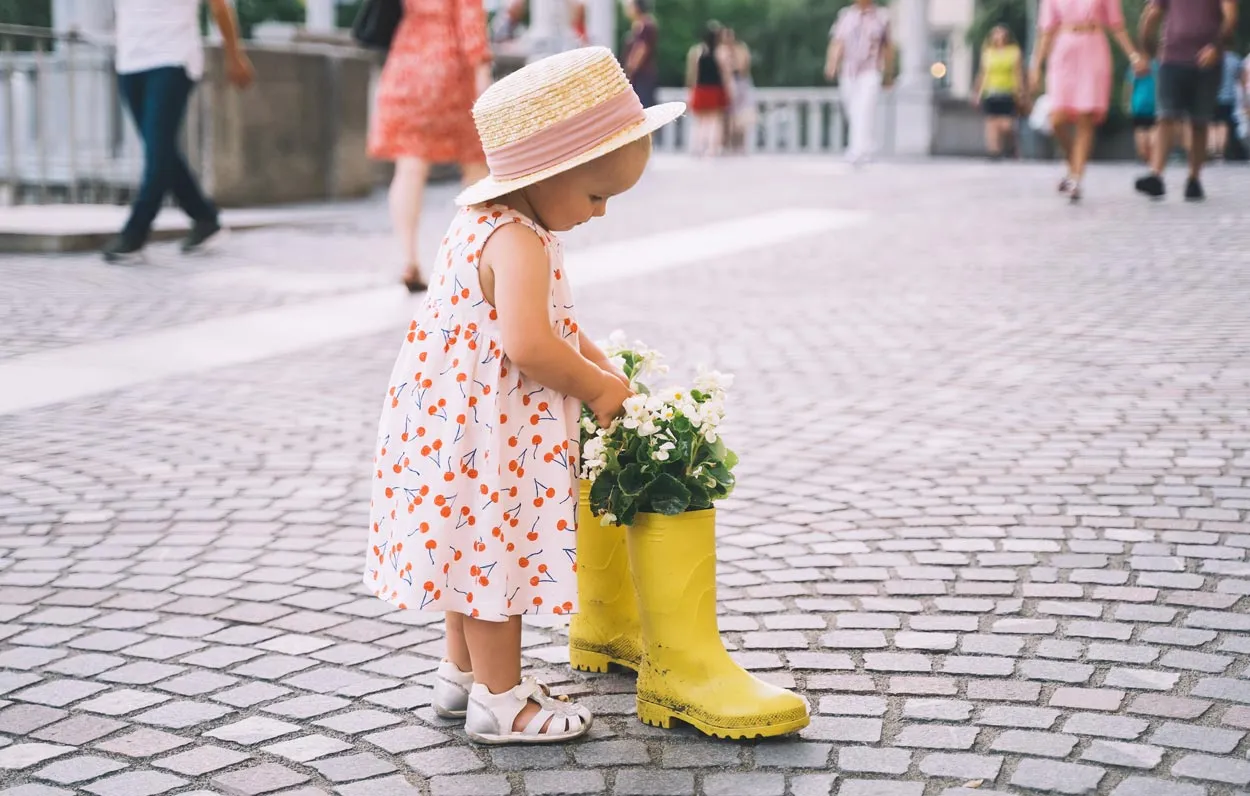
As a country with a very diverse continental climate, it is important to know when to visit Slovenia. Weather can change quite rapidly, depending on the region and season. Although the distances from the Mediterranean to the mountainous areas are short, this does not necessarily correlate with what kind of weather you can expect. It is therefore very important to know where you will be traveling to when picking the best time to visit Slovenia.
Packaging According To Activity
No matter what type of holidays you are venturing on, if you intend to be outdoors a lot, it is wise to dress comfortably and in accordance with the weather forecast.
Always pack some sports clothes, a pair of comfortable shoes, and plan a layering system – the easiest way to pack your clothes according to your activities itinerary and the weather.
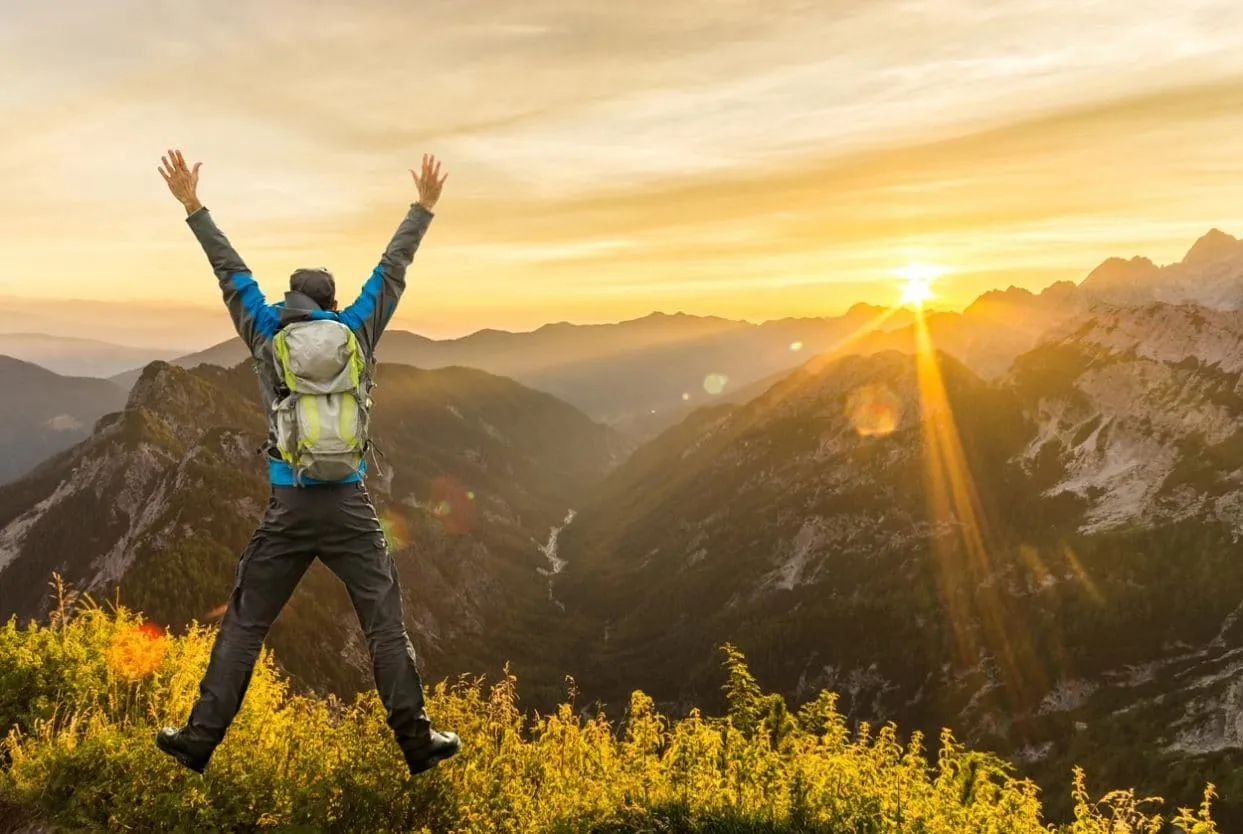
Water-based activities
Even if you’re not heading to the coast, it’s worth taking a swimsuit and towel with you.
Slovenia’s Alpine world has plenty of pristine lakes and rivers where summertime swimming comes highly recommended.
You will also need a swimsuit and towel for activities such as canyoning, rafting, kayaking, etc. If you opt for wearing open footwear in the summer, various sports sandals with a slightly better grip are much better than flip-flops.
Hiking & walking
What exactly to pack for a hiking holiday largely depends on the time of year, the weather forecast, and how demanding your chosen hiking adventure is.
However, some general guidelines always apply:
Synthetics and wool are the way to go. Synthetics are airier and wick away moisture as well as dry quickly, while wool is more odor resistant and keeps you nice and warm if you get wet.
Avoid cotton, as it makes you sweat quickly and does not dry for a long time, as a result, it makes you cold and smelly.
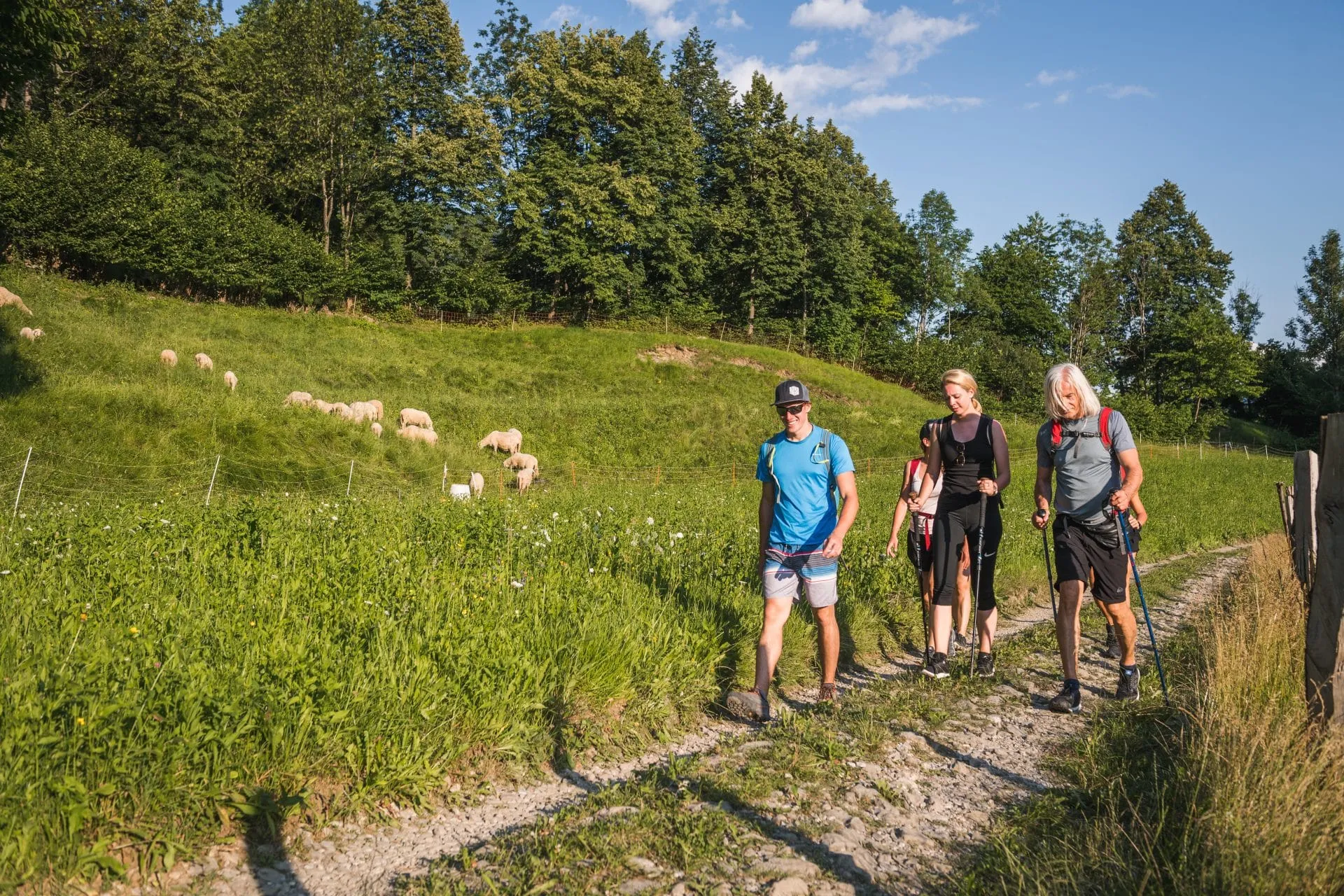
Layering system: Base layer (wool or synthetics), over one or two insulating layers and over a layer that protects you from the elements (wind, rain, snow).
No matter when and where you travel, it always makes sense to have all three. Even in mid-summer, a light jacket can be most welcome in the mountains, particularly in the morning or evening.
Change socks regularly. A fresh pair for each day or even a spare.
Comfortable shoes with a good grip, and an additional pair of sneakers or something similar to let your feet rest while you’re not hiking.
Throw something comfortable and casual in there to wear at dinner time.
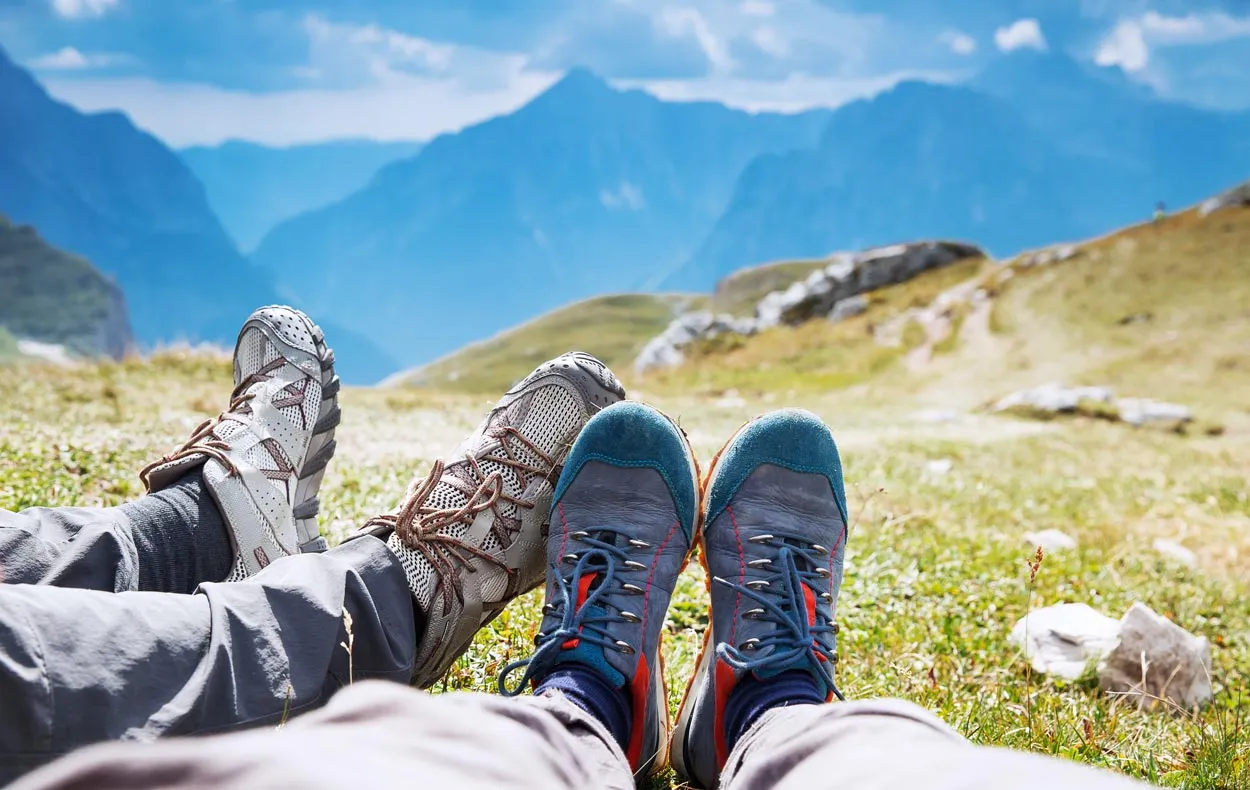
Cycling clothes
It very much depends on the type of cycling and location. Yet there are a few tips that apply to any cycling holiday:
Padded trousers significantly affect your level of comfort, especially when engaging in several consecutive days of cycling.
Despite the fact that we always provide a helmet, people usually feel better on their own, which they are used to.
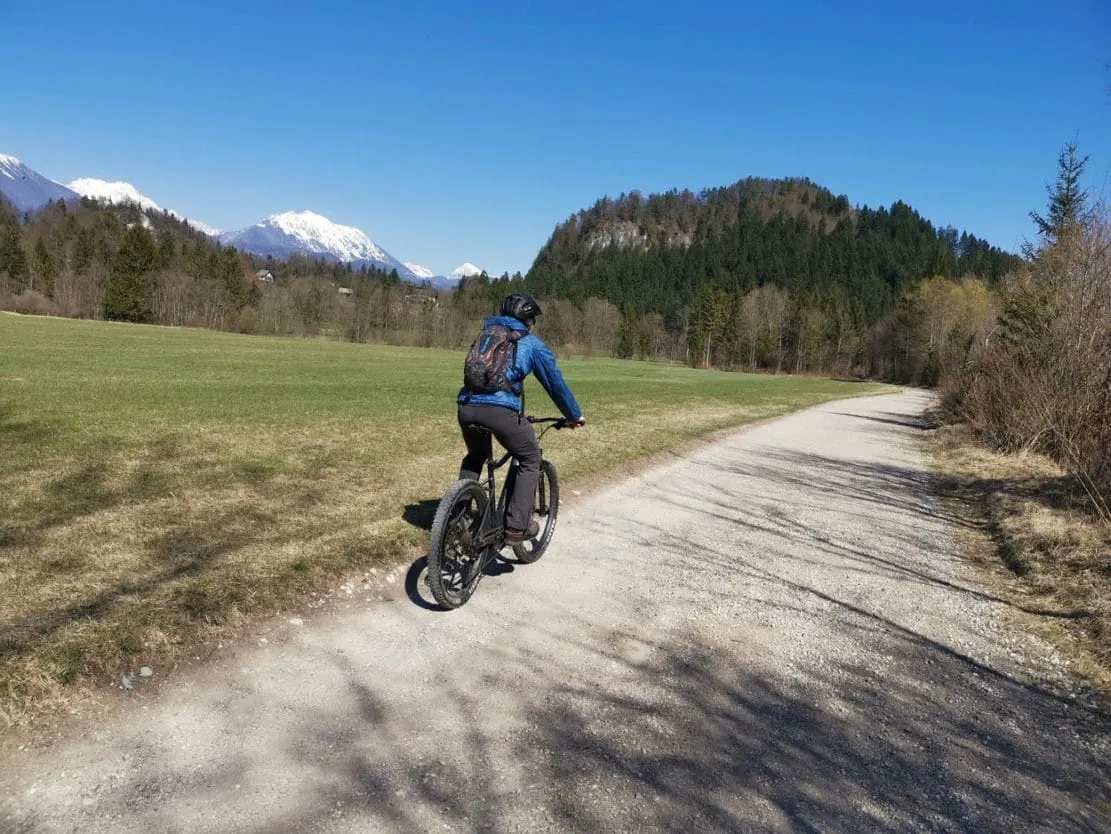
If you have them, take your own cycling shoes, and let us know what type of pedals to provide. Or bring your own pedals.
The layering system is the same as described for hiking above.
For mountain biking, the hiking layering system, which also includes the last layers for protection against wind and possible rain, with gloves and earmuffs, is your safest bet.
Road cyclists, in principle, have a more complex system, but feel free to consult us before departure.
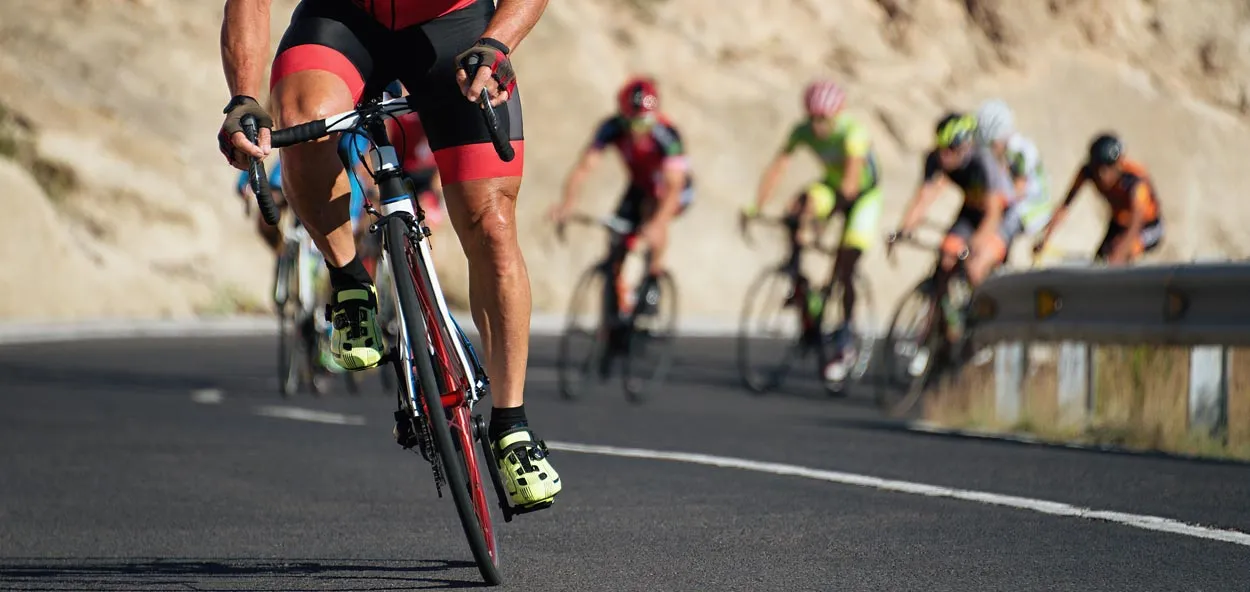
Common items you always need
Sun protection (cream, sunglasses, headgear)
Toiletries and personal items: passport and/or other valid travel documents, emergency contact information (e.g. credit card company, bank, and your physician’s phone number), any prescription drugs you take on a regular basis, a camera, an alarm clock, cell phone.
In Slovenia we use 220-V outlets, so make sure to pack an adapter if needed.
The currency is in EUR. Most places accept credit cards, but remote places (mountain huts, some tourist farms, etc.) do not, so bring cash.
Phone reception is of good quality in Slovenia (LTE mostly). Again, the mountains can be a different story.
Appropriate health insurance is vital. Also check any specific according to activities.
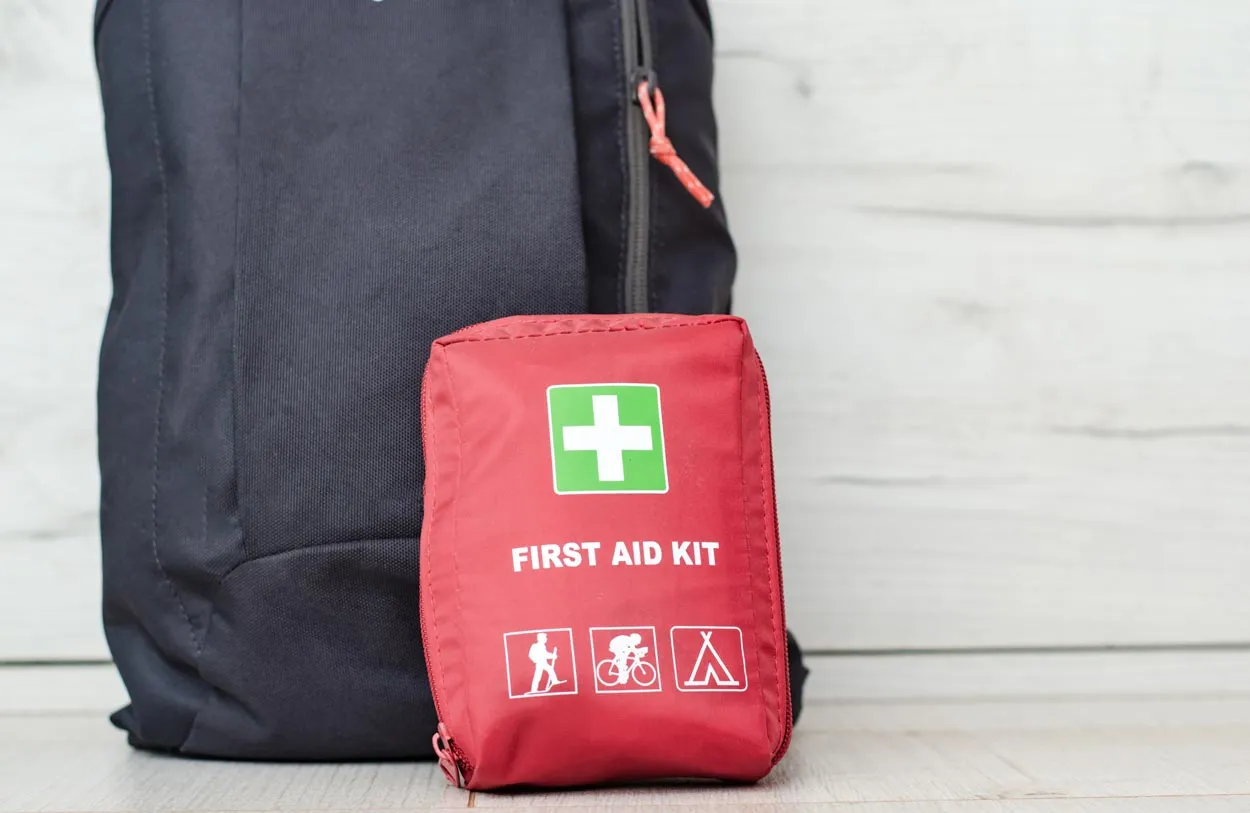
What to pack in different seasons?
Spring
With an omnipresent chance of chillier and rainy days, always remember to pack some warmer waterproof clothing and good-quality walking shoes. Especially if you plan on visiting the mountainous region.
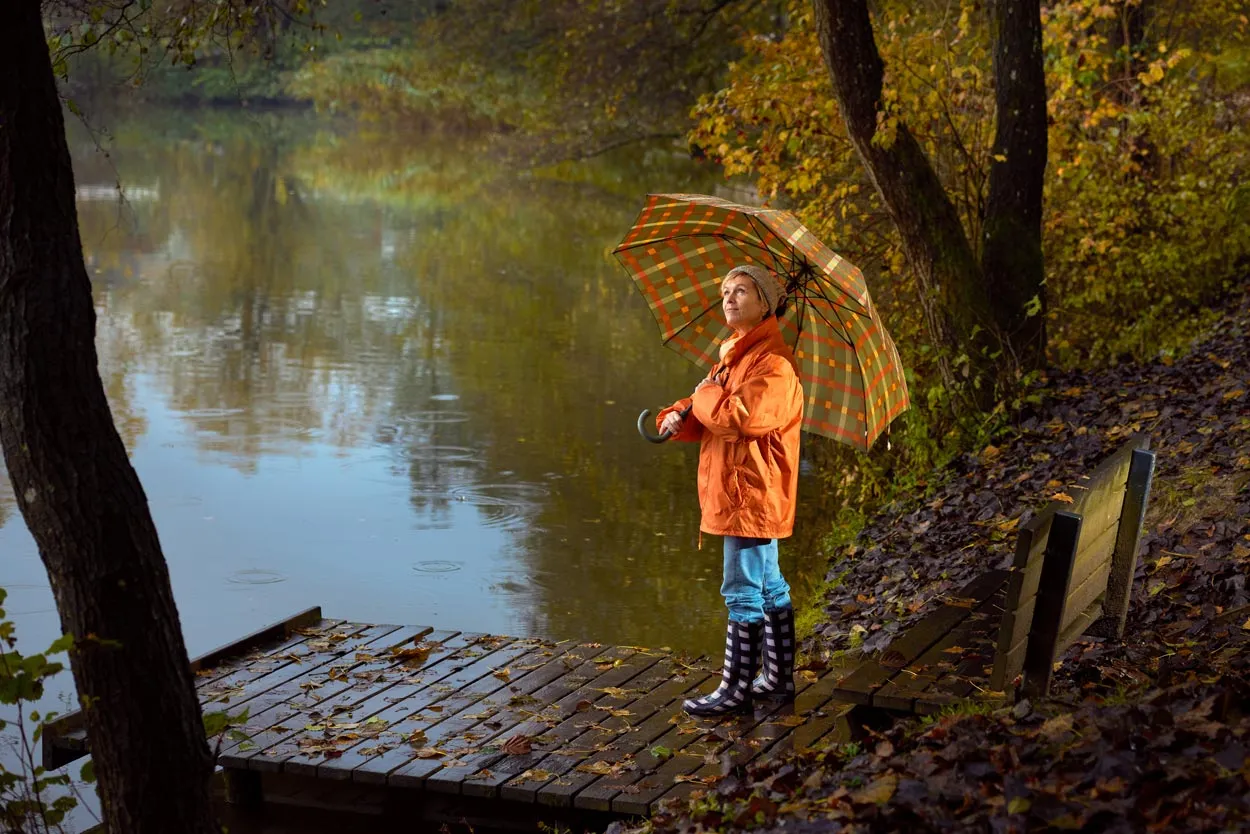
Summer
The summer’s rising temperatures allow for T-shirts and shorts, particularly in July and August, but remember to pack a lightweight umbrella and some long-sleeved clothes as well. And remember, the Alpine region has a completely different set of rules.
Even in summer, weather conditions in the mountains tend to change in a blink of an eye, so a wind stopper jacket, a few warmer layers, and waterproof hiking shoes are obligatory. Plus, don’t forget your sunglasses and sunscreen!
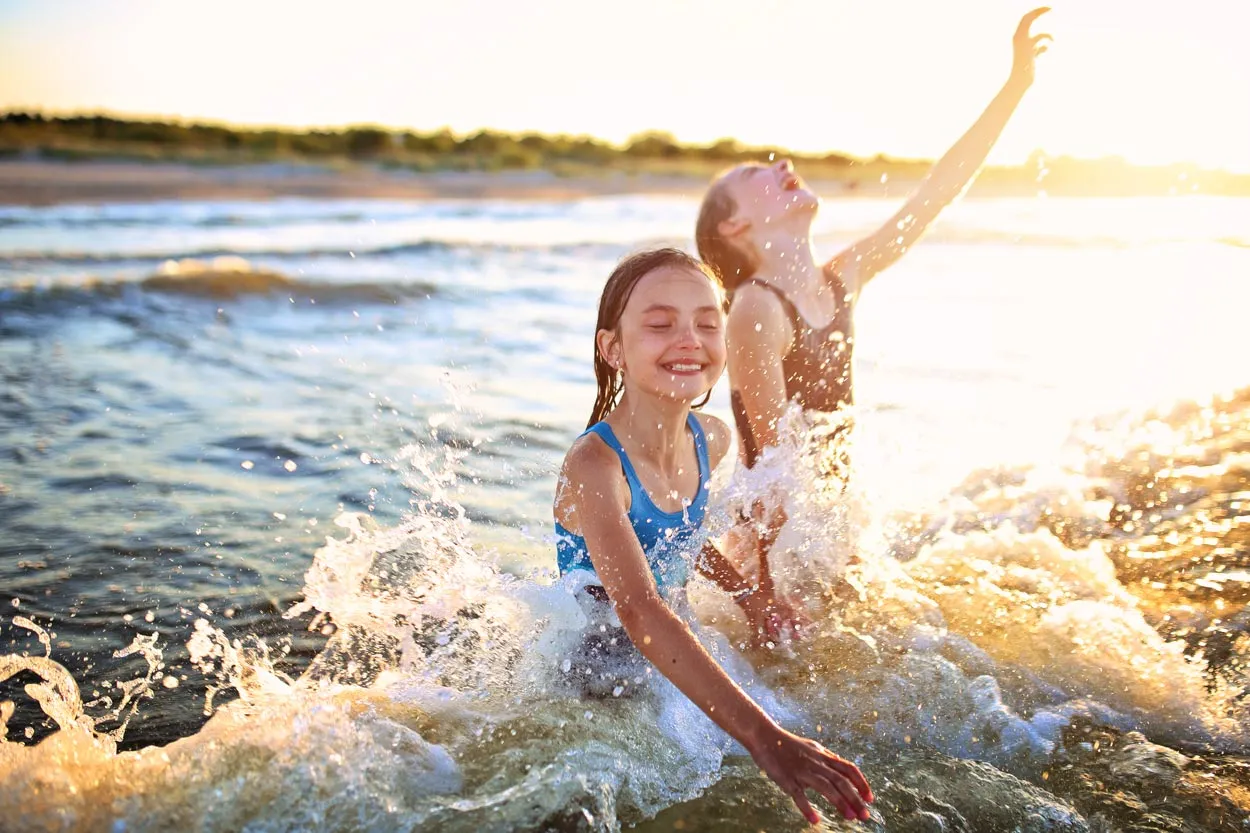
Autumn
With every passing day, especially from October onwards, temperatures in autumn decrease significantly, so you will need to pack much warmer clothes. While September still allows for T-shirts and light sweaters, the wetter and cooler months that follow call for jumpers and waterproof coats.
Winter
Needless to say, the temperatures are cold to freezing in Slovenia in winter, so packing your warmest winter coat is certainly a given. Hats, gloves, scarves, and waterproof shoes/boots with good grip are also a very useful addition to your traveler’s wardrobe.
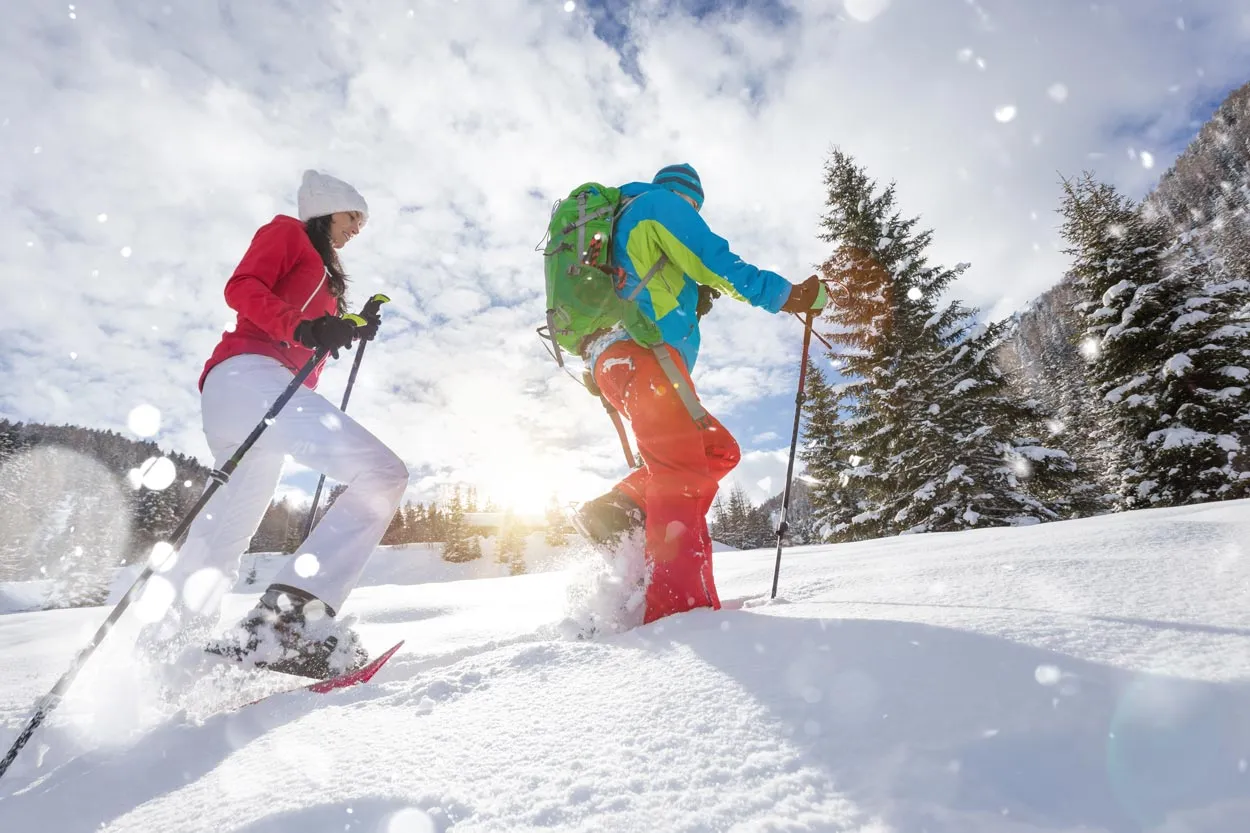
For a clearer understanding of the weather and climate in Slovenia by the time of year and location, feel free to check this handy weather atlas.

Only the Best
Expert Local Guides
100% Made in Slovenia
Trusted by Many
Similar know-before-you-go

